Scrapbook: Finding Arcadia in Acadia
/With the last few years we’ve all had, who doesn’t dream of a place of serenity and simplicity? While no perfect place exists, I found an Arcadia of sorts in Nova Scotia, especially in the parts of the peninsula where Acadian culture is most vibrant. Not to be confused with the ancient Greek region of Arcadia, legendary for its pastoral and peaceful quality, Acadia is a region without clear borders; it was a colony of New France which included parts of what is now New Brunswick, Prince Edward Island, and Nova Scotia, in Canada, and Maine in the United States. Because of a historical expulsion, Acadians were dispersed to all corners of the globe. A recent trip to Nova Scotia gave me the chance to learn more about this fascinating history and culture and how it interacted with British settlers, Black Loyalists, and the Indigenous peoples such as the Mi'kmaw who predated them all. Come learn along with me.
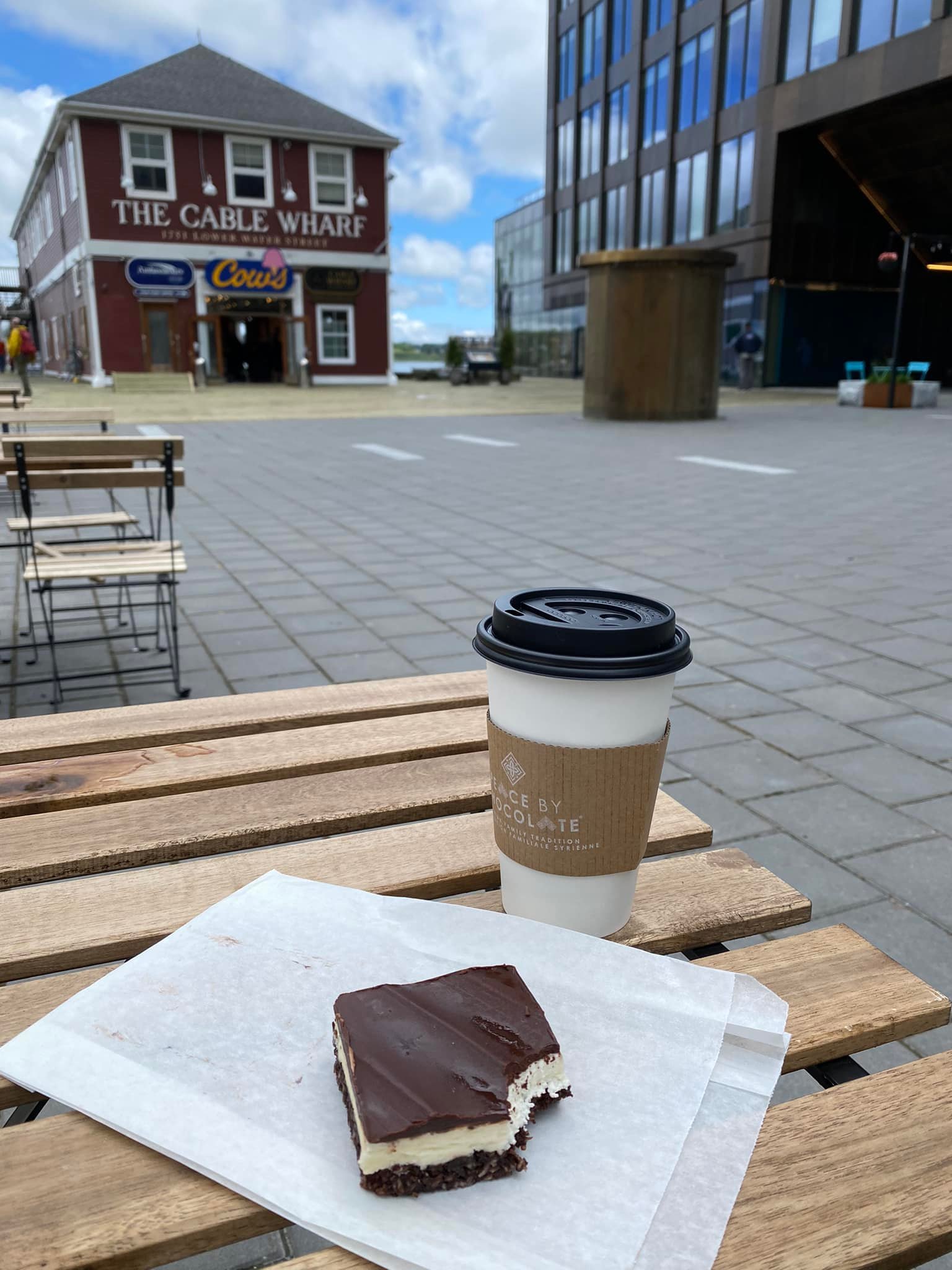

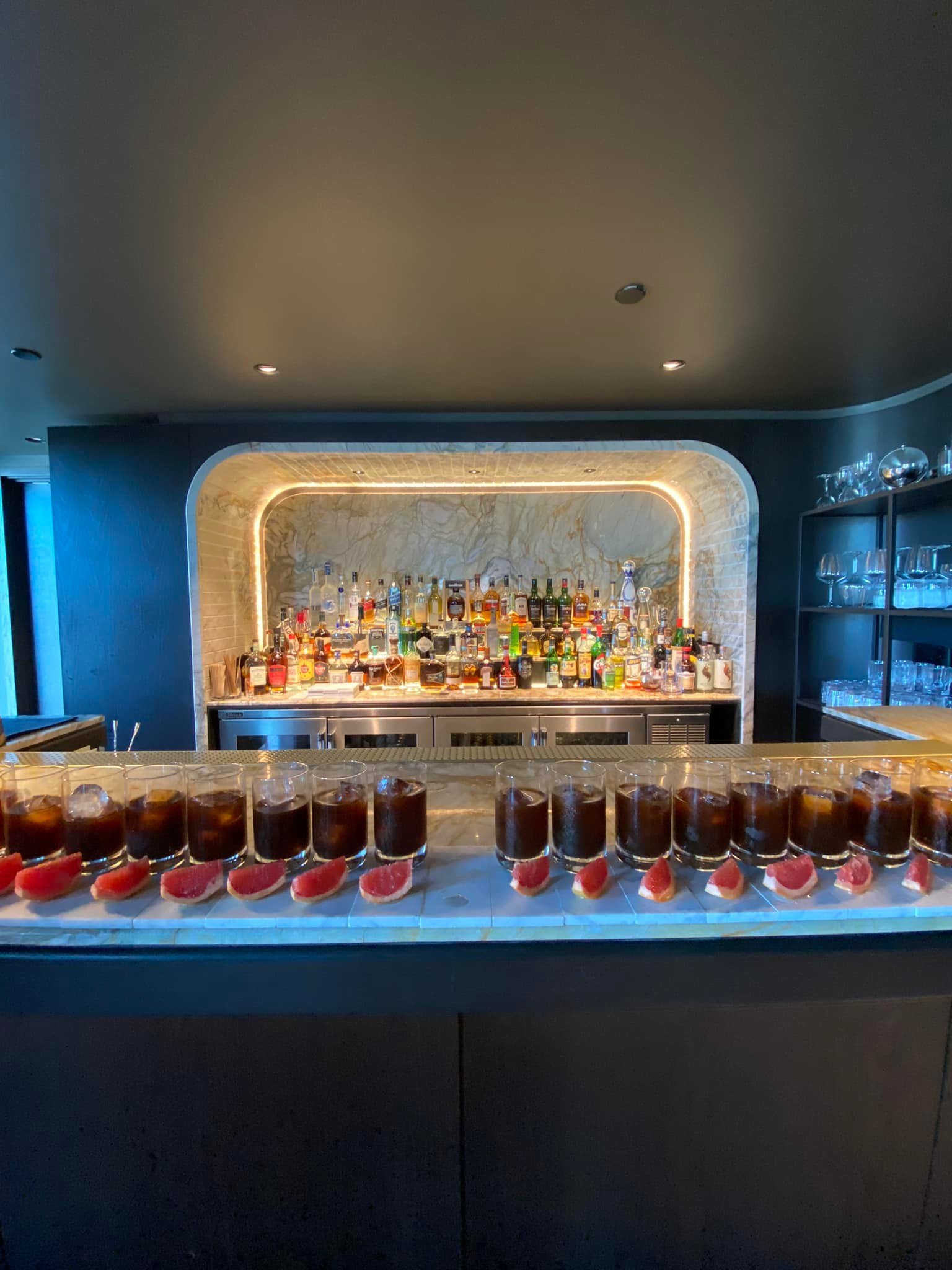
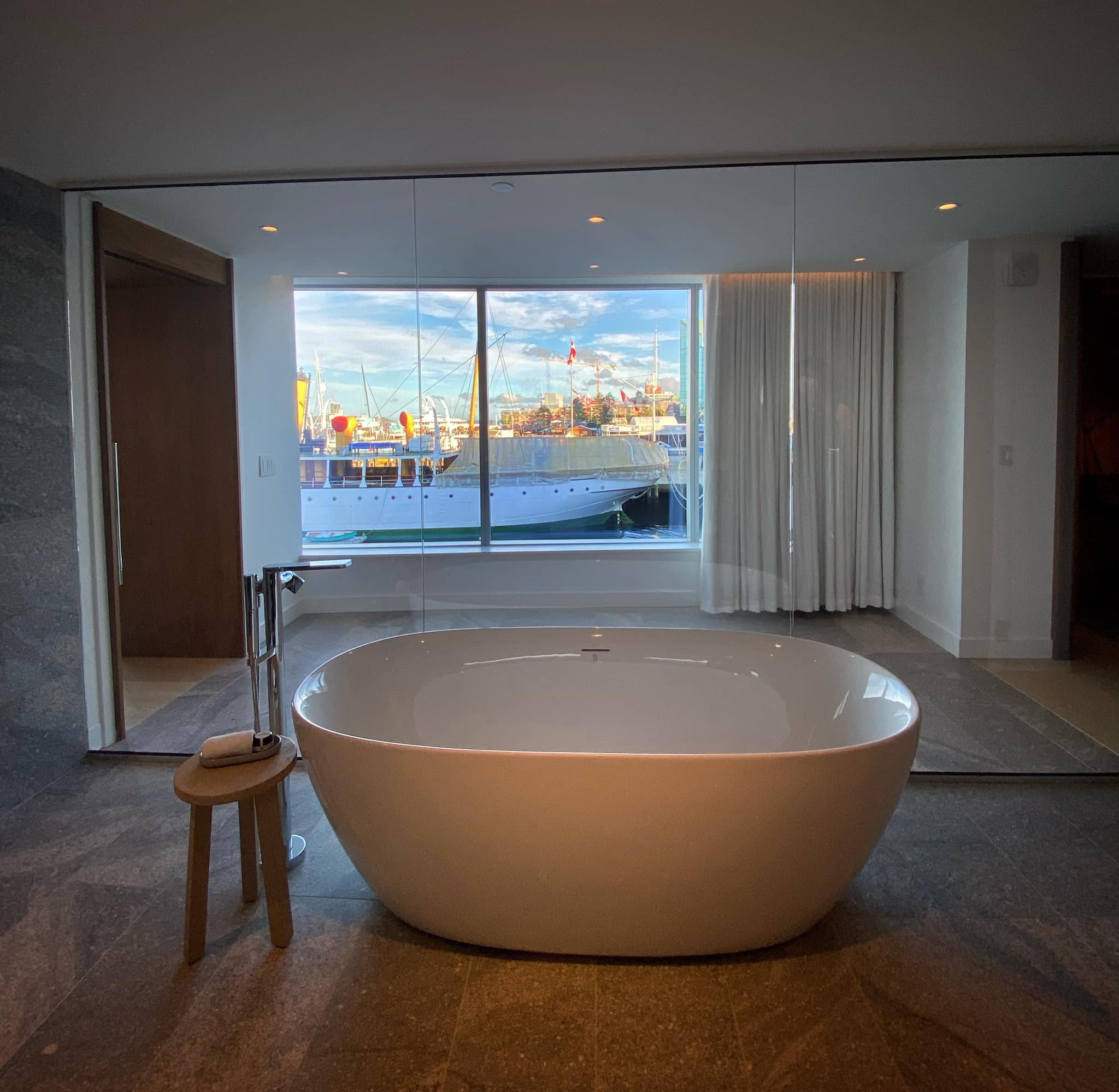
Hello, Halifax: The capital of Nova Scotia is sprucing up but keeps a laid-back vibe. A new waterfront redevelopment, called Queen’s Marque, features the luxurious Muir Hotel, several restaurants, and lots of public art, yet remains connected to its maritime traditions and history.

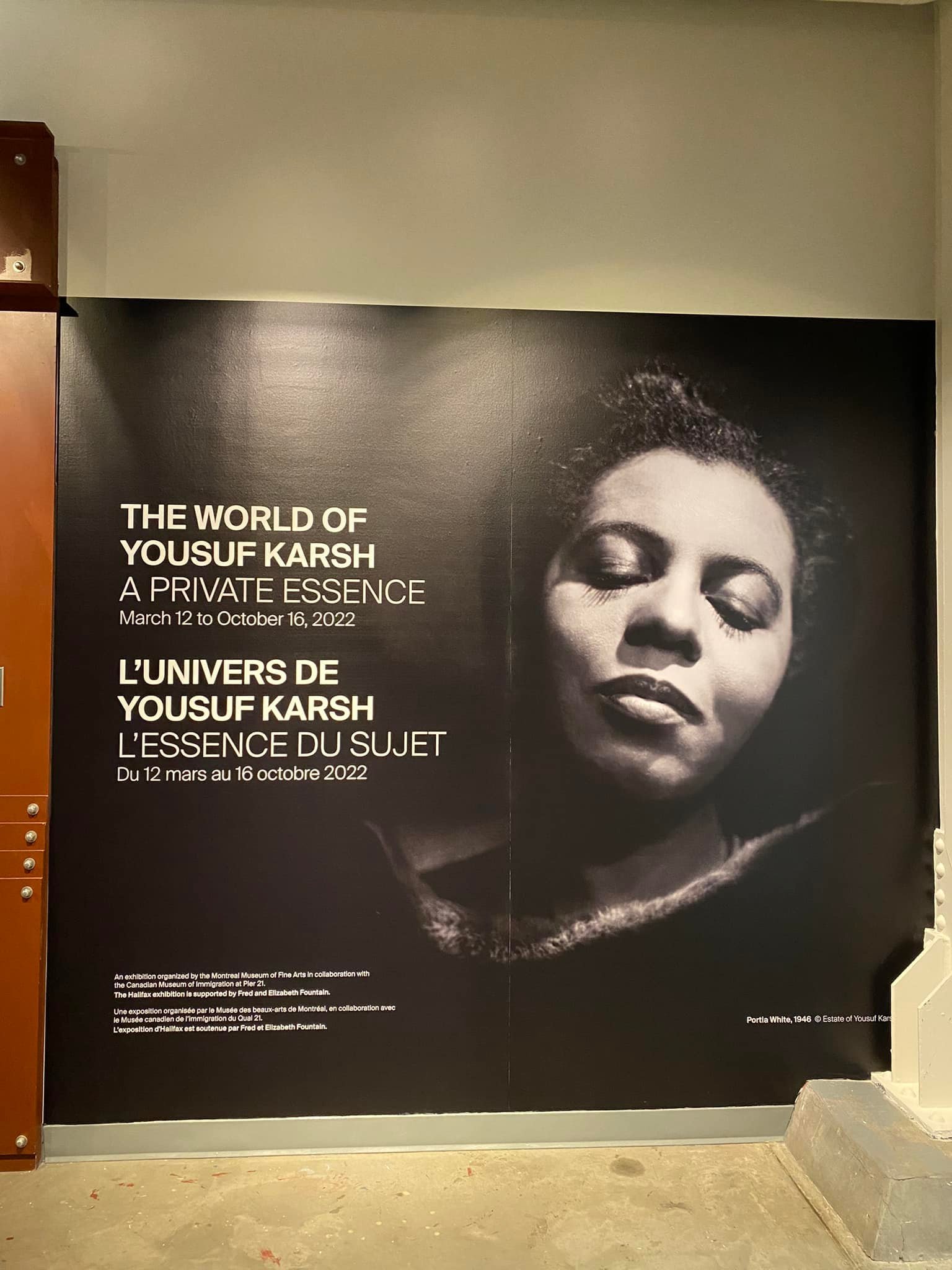
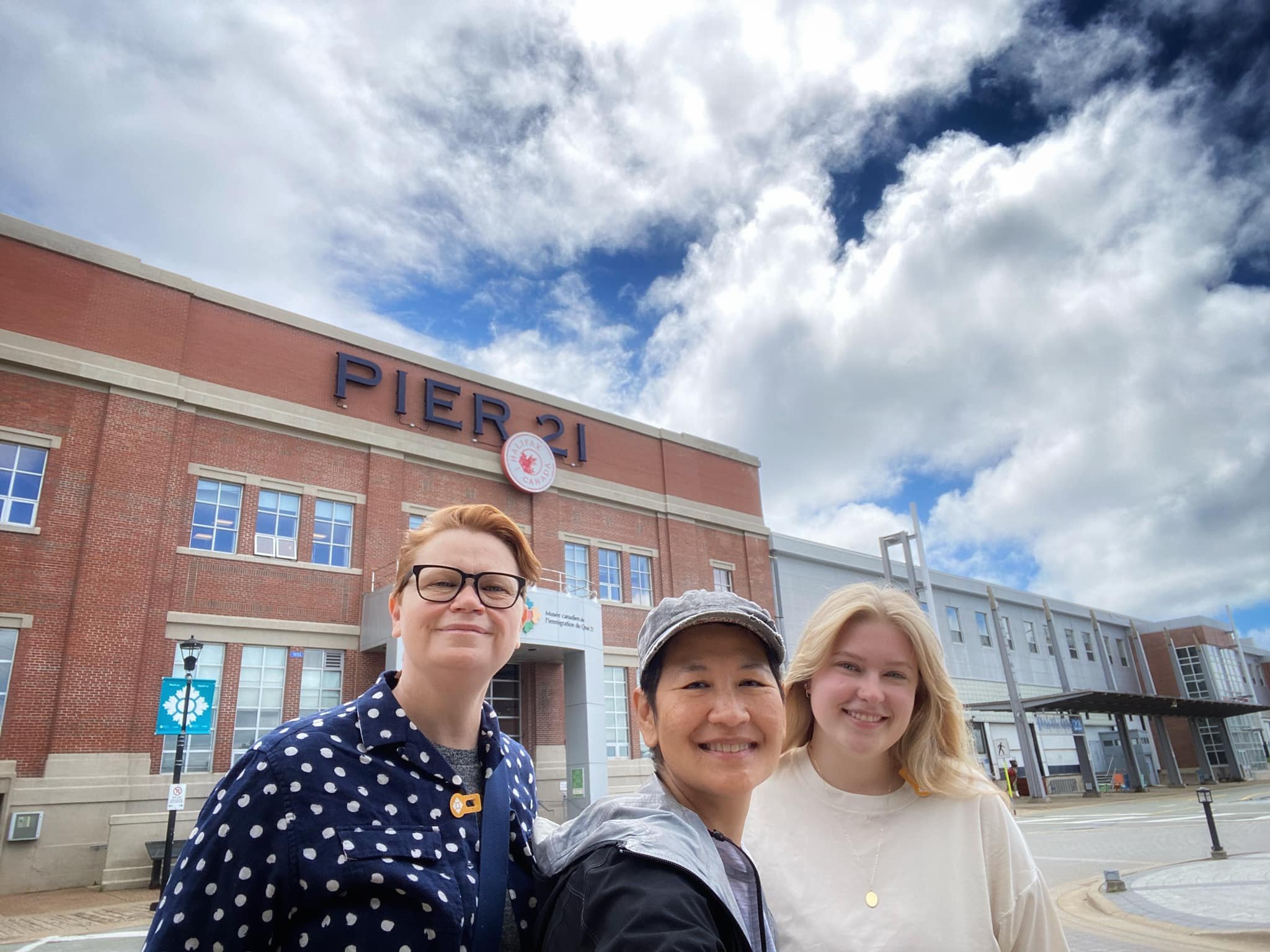
Almost one million immigrants came through Halifax’s Pier 21 from 1928 to 1971, now a National Historic Site with a fascinating museum of immigration encompassing more than the people that passed through here.
As an American (and an immigrant one at that), it’s interesting to see the similarities and differences between the government policies and the immigrant experiences between the United States and Canada.
I like how the museum doesn’t leave out the Indigenous peoples, as it was they who in many cases “assisted, accommodated, resisted, and negotiated the settlement of newcomers for over 400 years.“
And, don’t miss the temporary exhibition of photographer Yousuf Karsh’s work. He took luminous portraits of many famous people, from Eleanor Roosevelt to Muhammad Ali to Winston Churchill to Marian Anderson. He was an Armenian refugee who immigrated to Canada, arriving in Halifax in 1923 as a child.
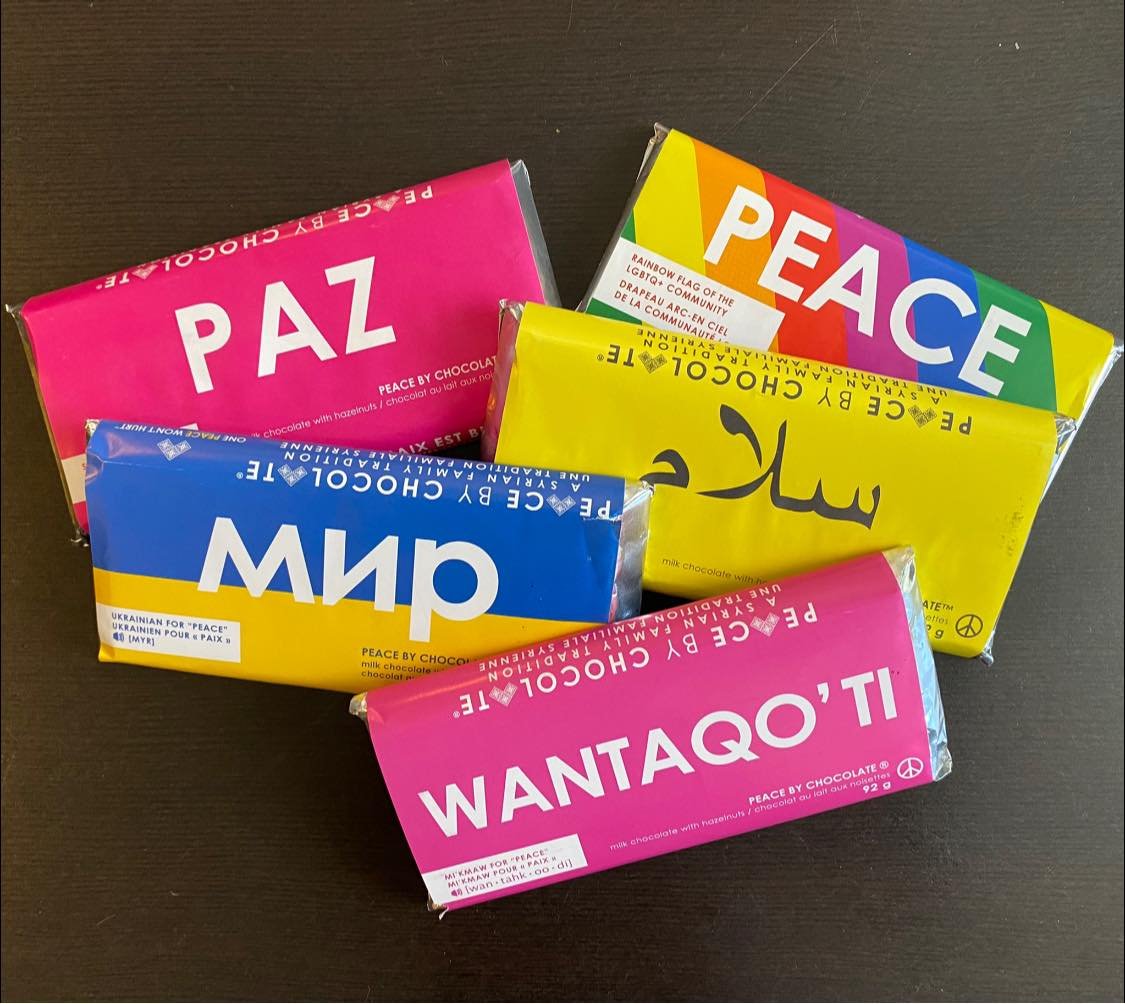
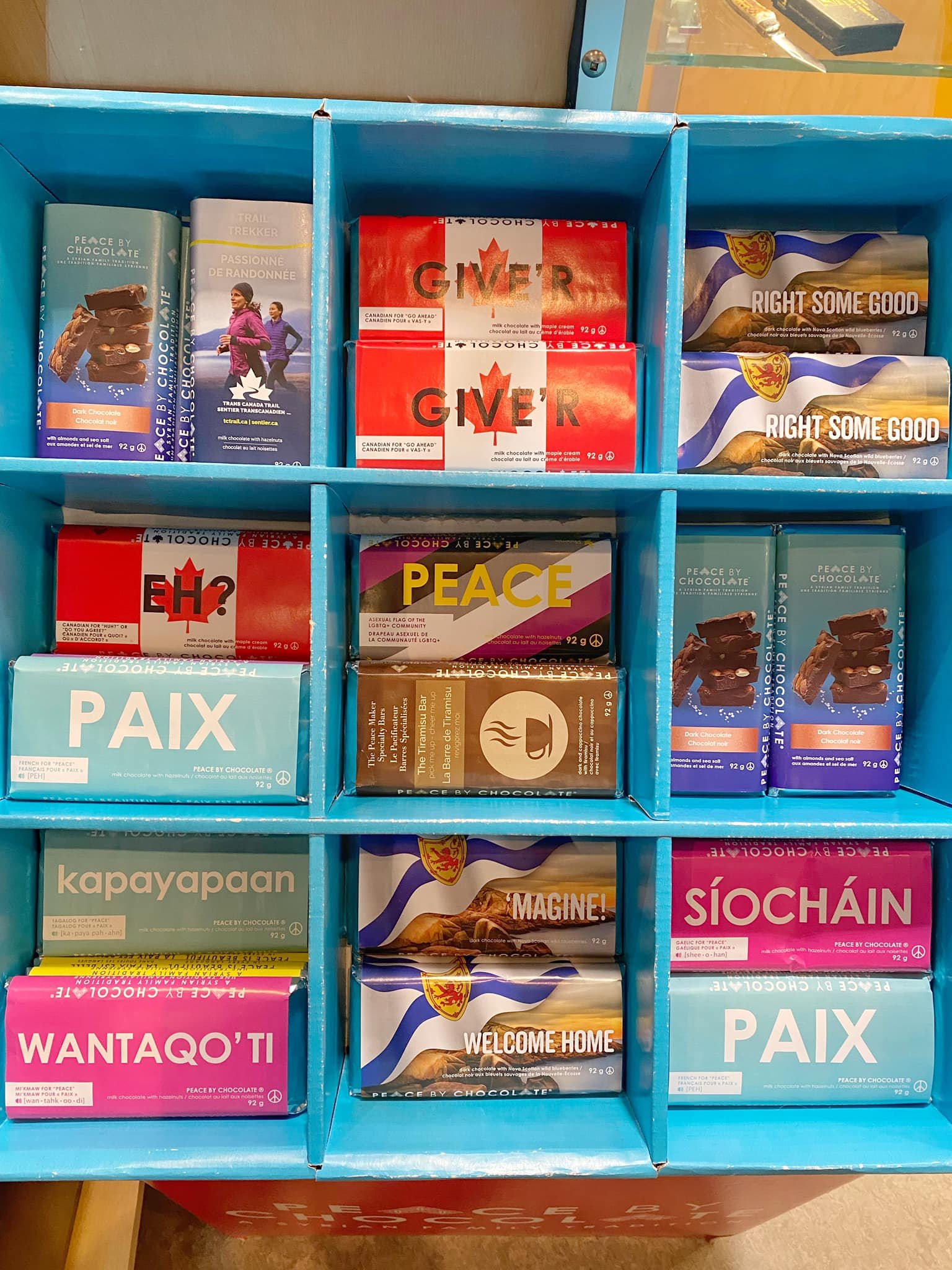
All we are saying: A chocolate store opened by Syrian immigrants, master chocolatiers, in Halifax. It’s called Peace by Chocolate.
Let’s all eat chocolate, then give peace a chance.

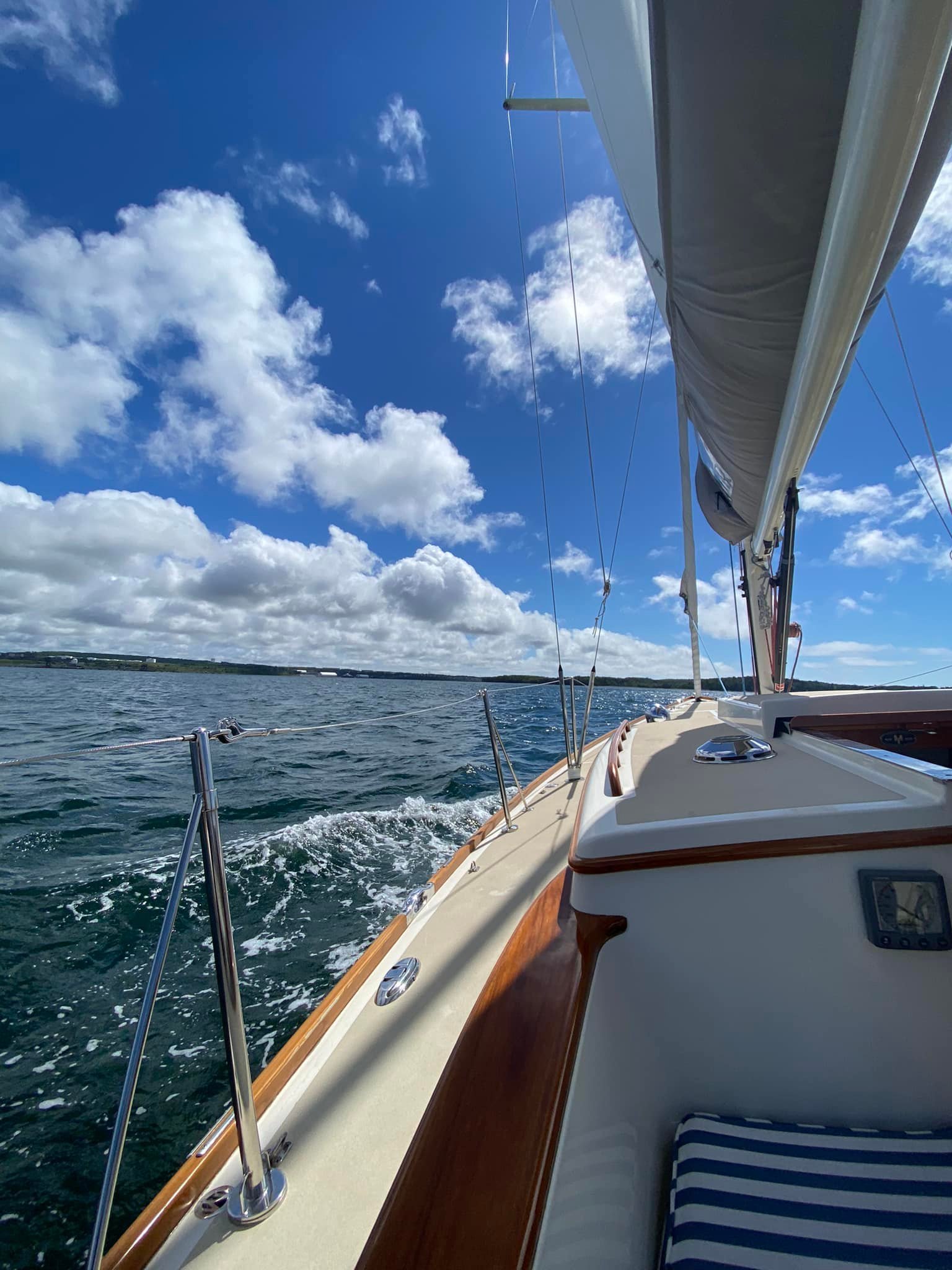
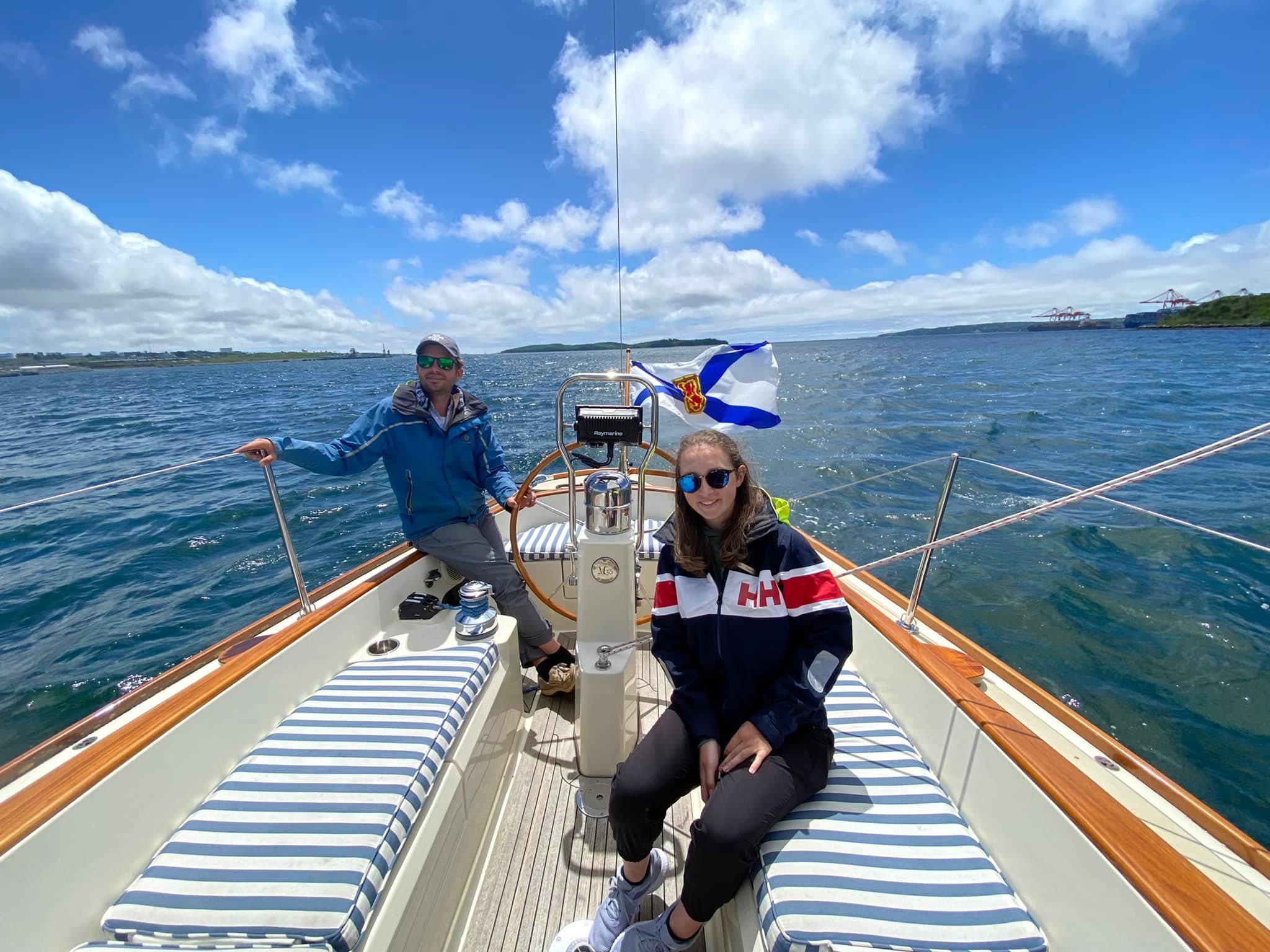
A perfect morning for a sail around Halifax harbour, with its offshore islands and forts full of history, container port, carport, cruise port, ferries, and marinas. Thanks to Max and Cass for the two-hour tour on the Muir Hotel’s Morris 36 sailboat, and to Stephanie and Samantha for making it happen. It’s a beauty with classic lines but modern amenities. Like the hotel itself. Nova Scotia.
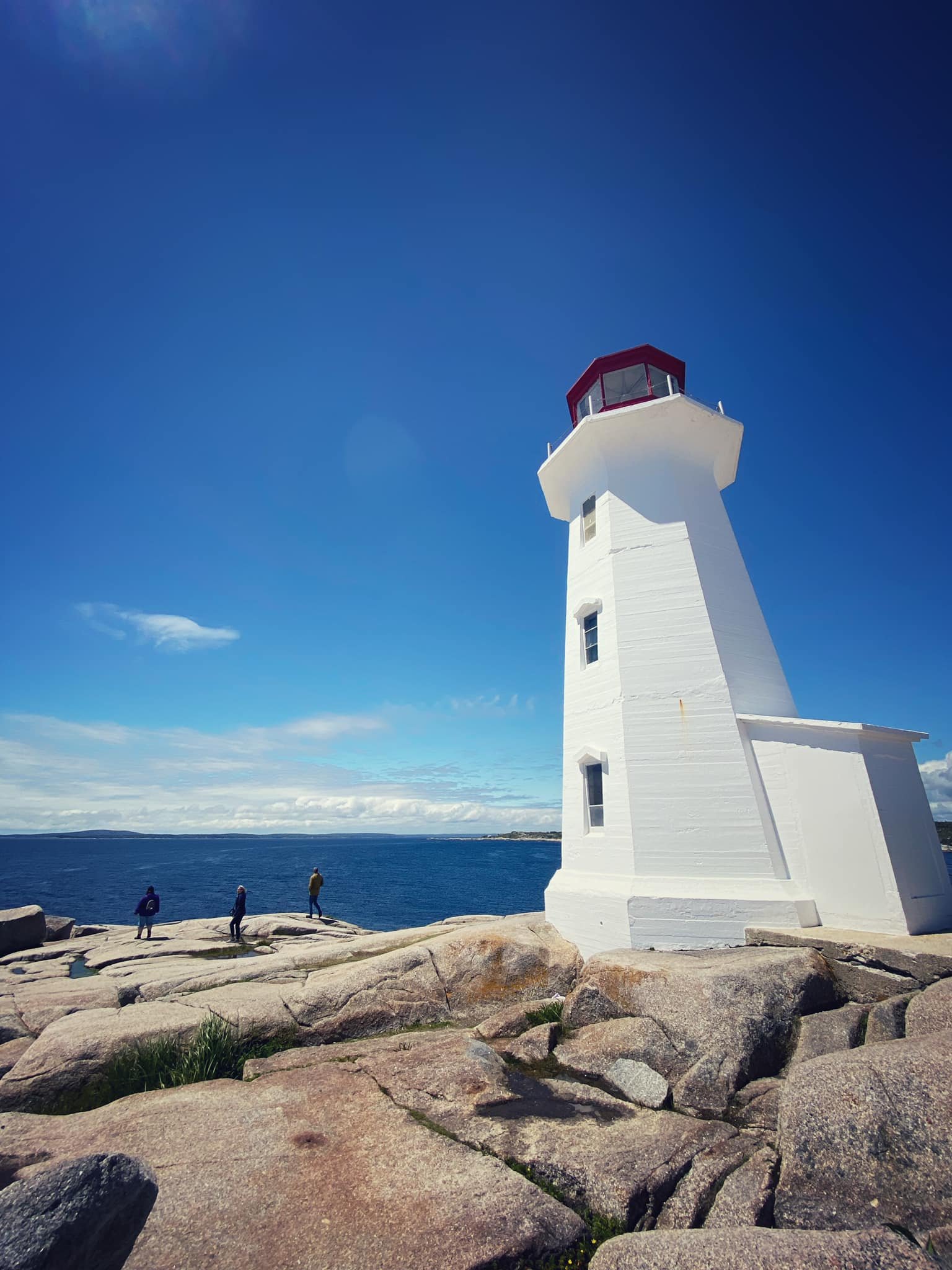
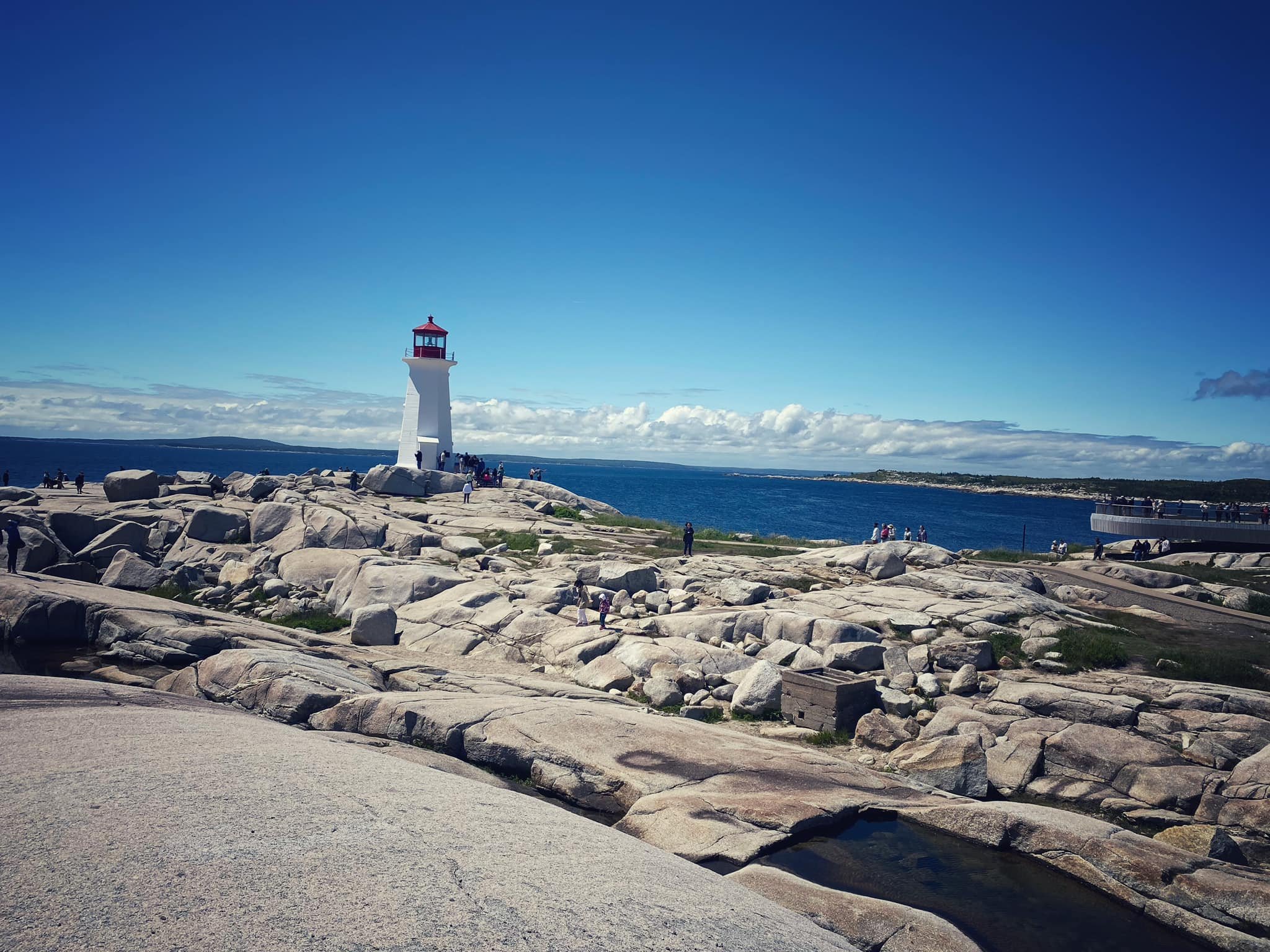
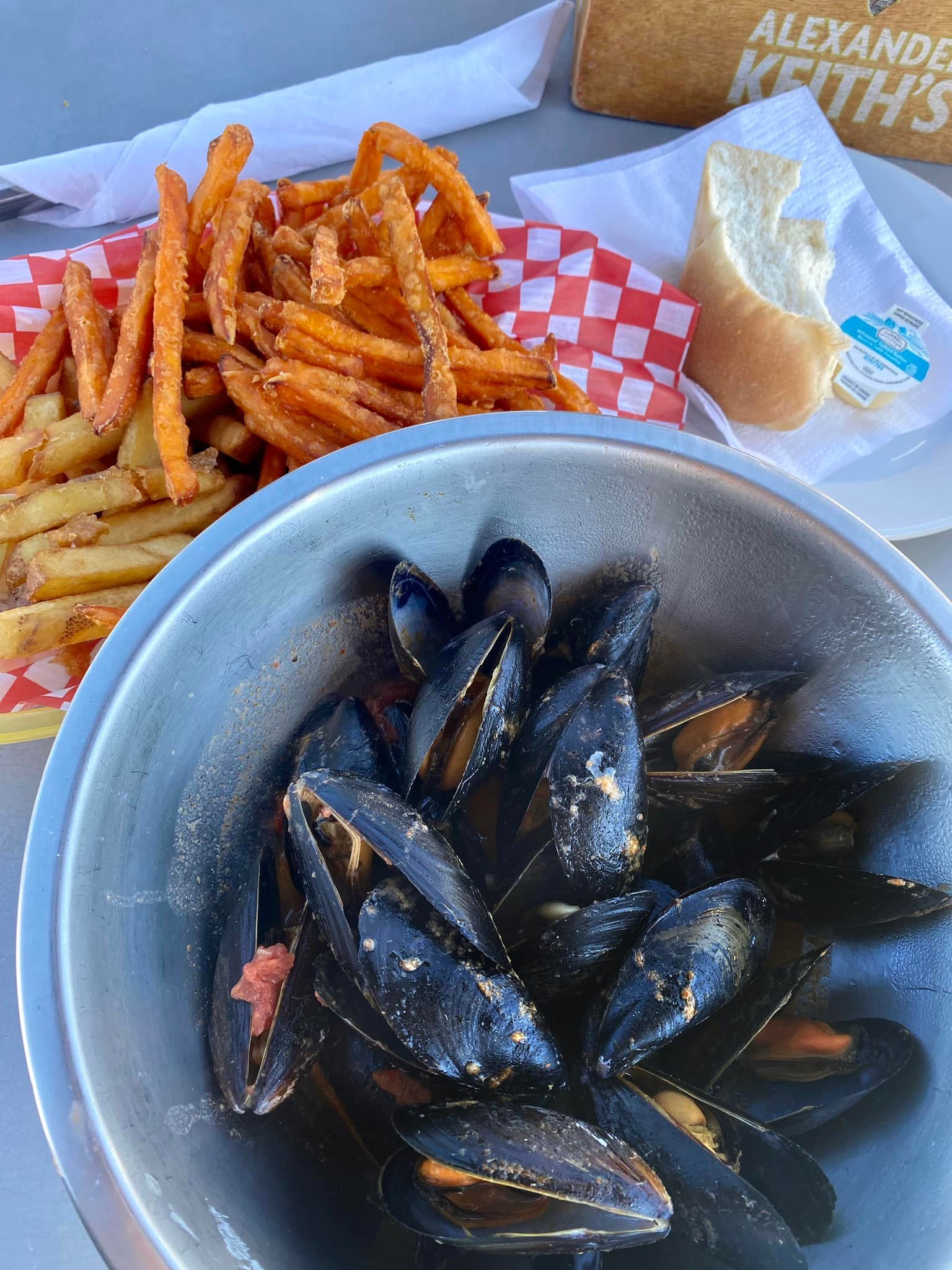
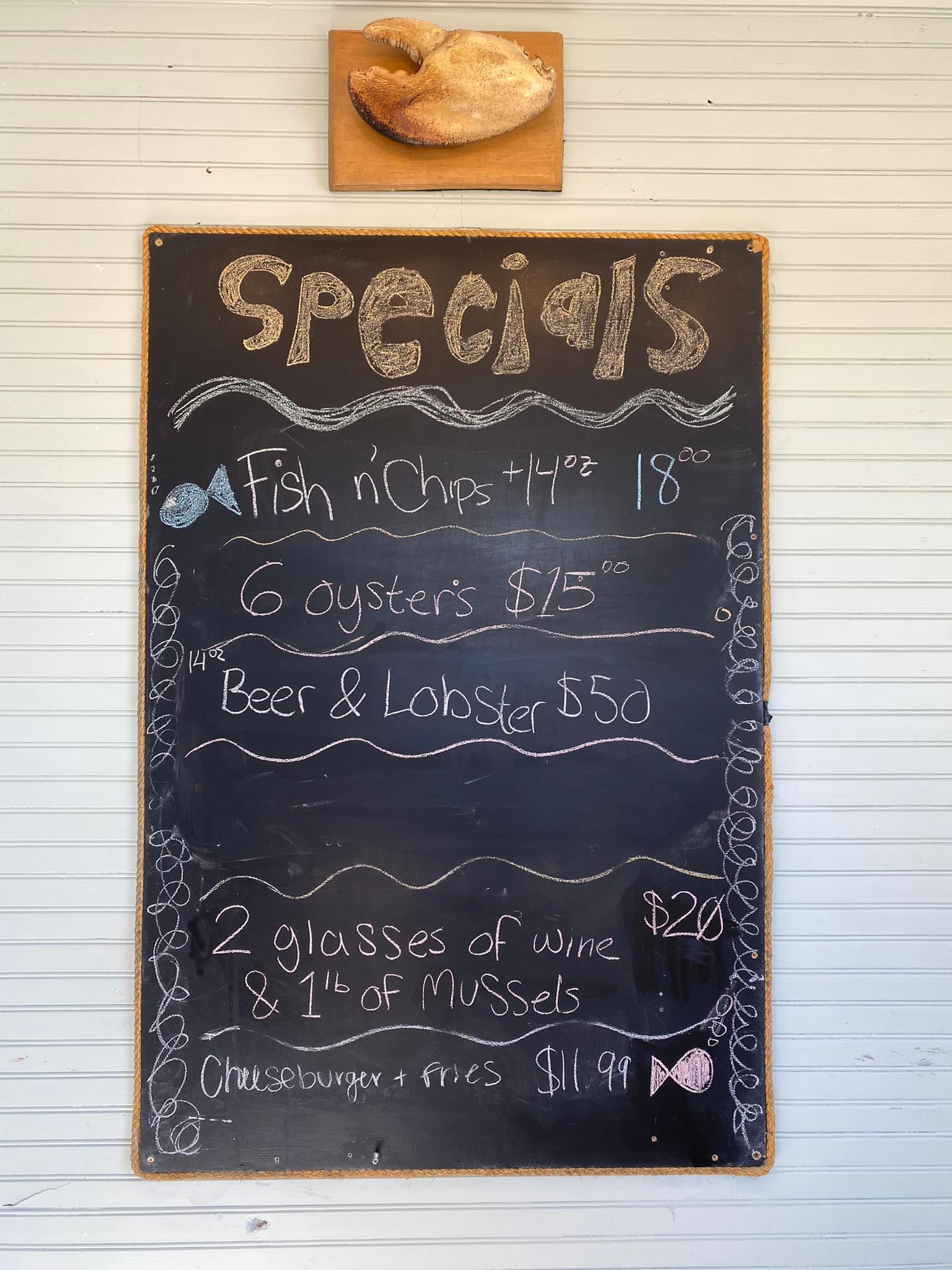
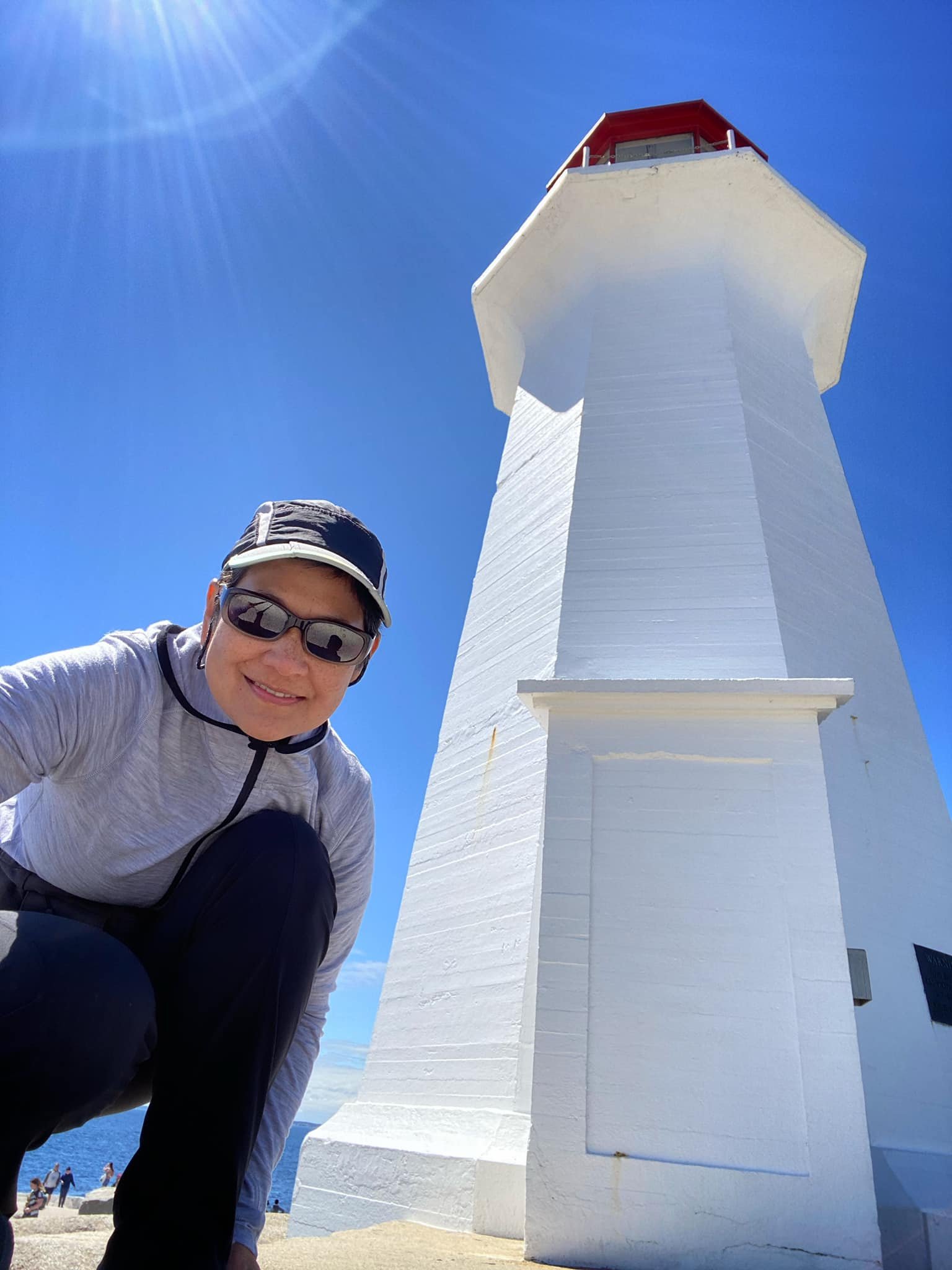
Nova Scotia’s most photographed lighthouse. A picturesque hour’s drive from downtown Halifax, Peggy’s Cove is all about brightly hued wooden houses, seafood shacks, granite rocks begging to be climbed on, and the glorious sea. A new wooden viewing deck and other improvements aim to protect the site and make the experience better for both visitors and residents.
It’s early in the season so there weren’t many visitors. And not far there’s an easy hike to Polly’s Cove where there was literally no one. And in nearby East Dover I had the best mussels and fries at a low-key place suggested by an in-the-know Haligonian.

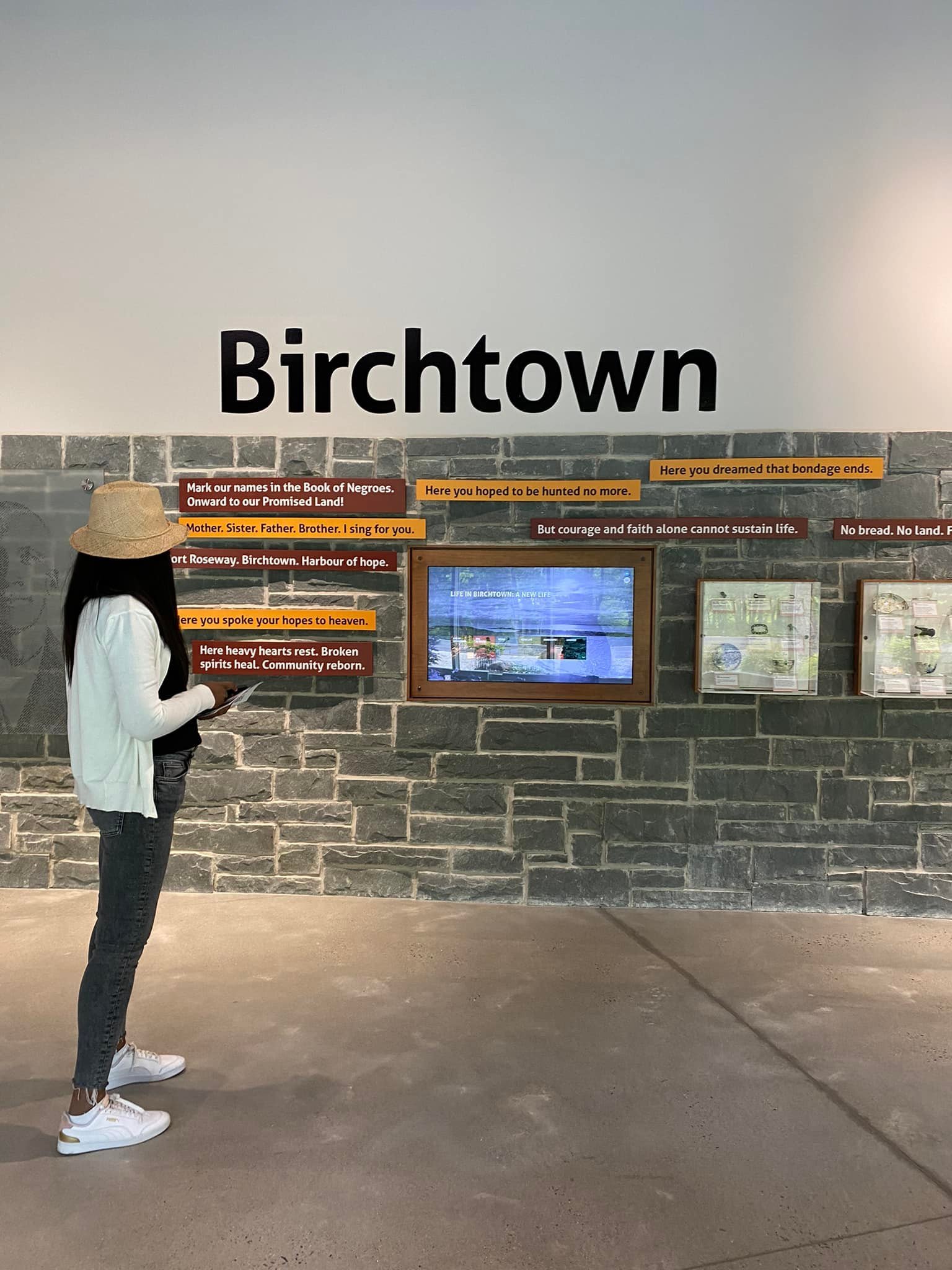
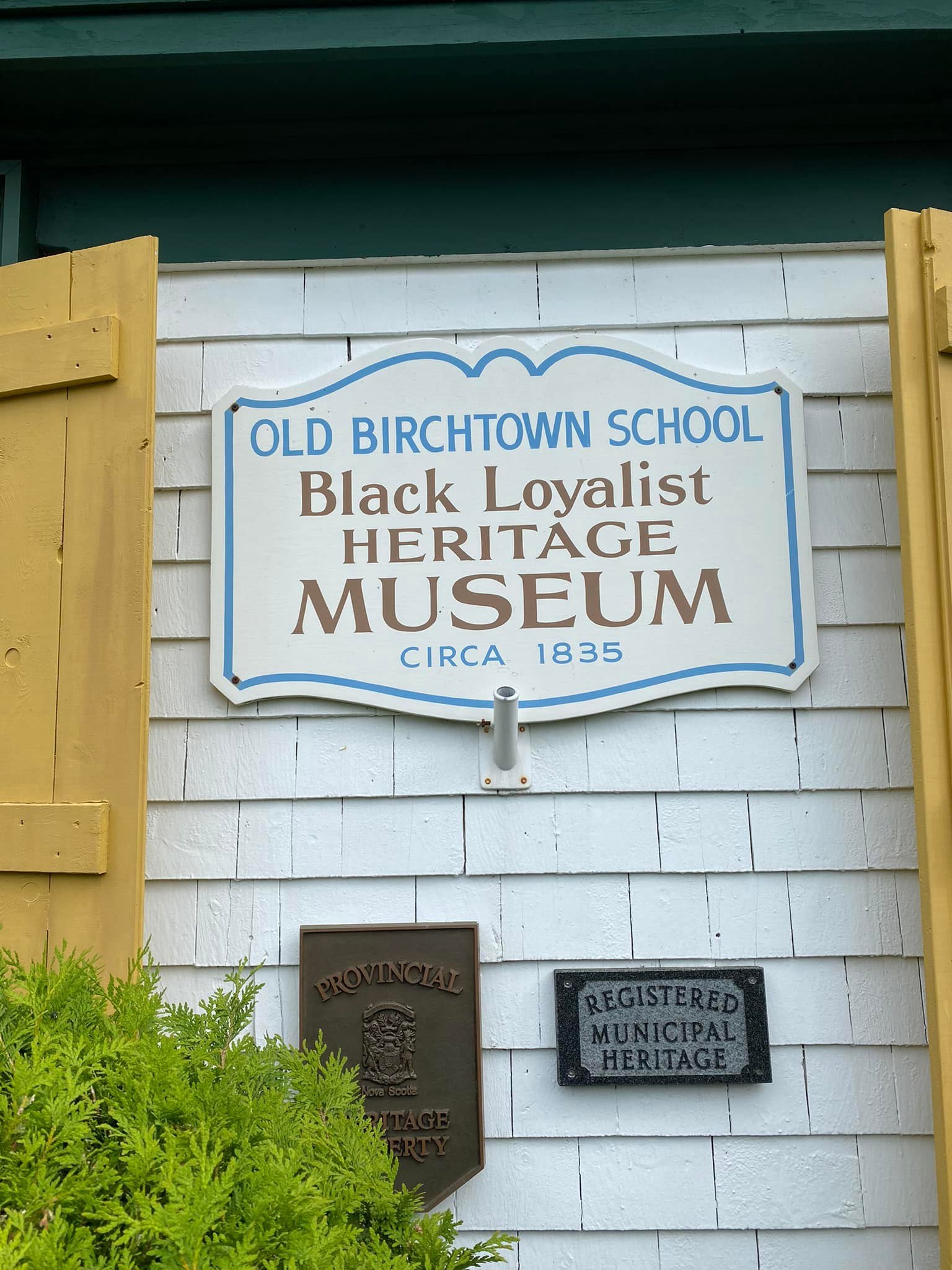
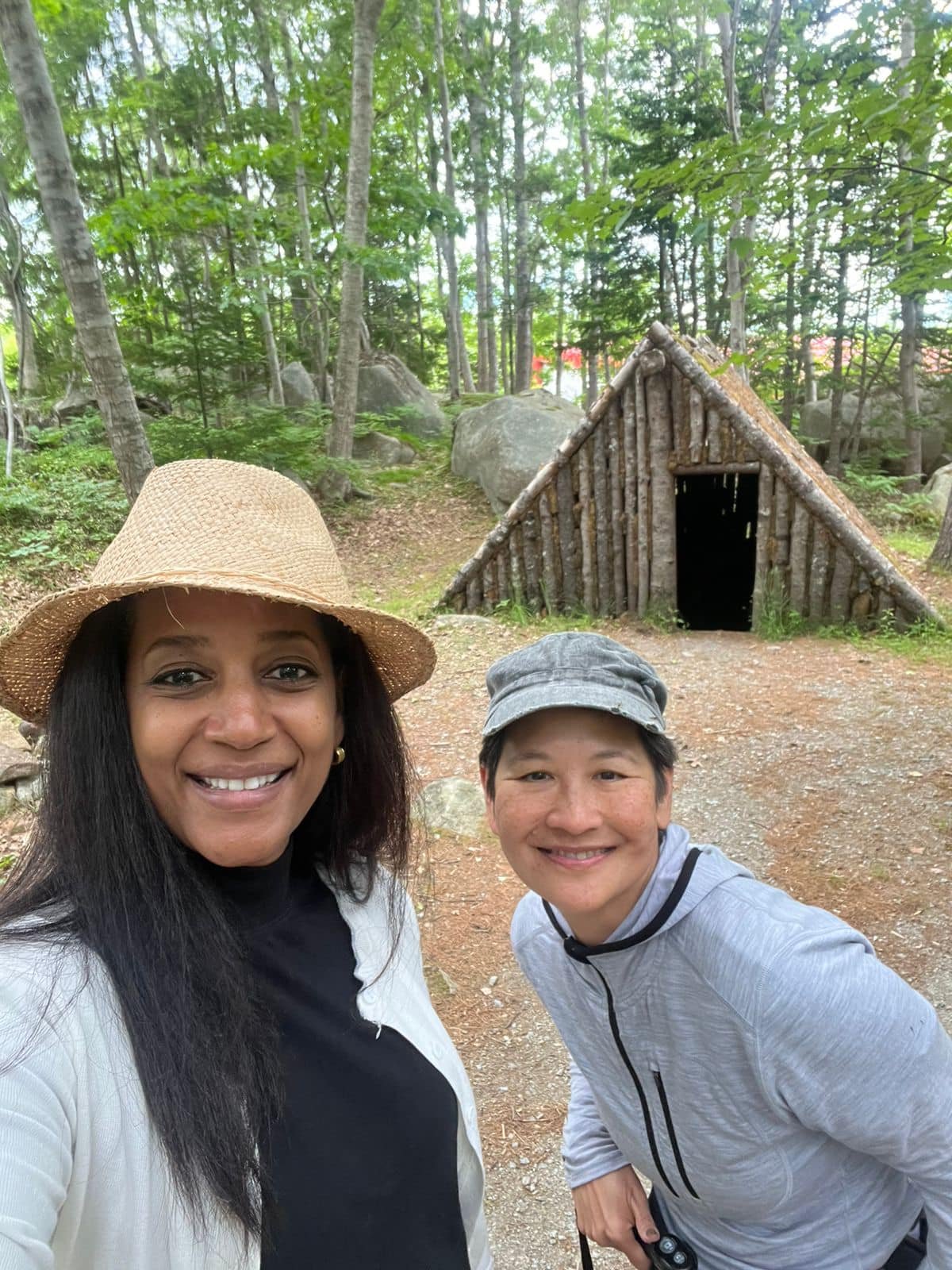
Road trip to Yarmouth. But first a stop at Mary's African Cuisine in downtown Halifax for a takeout Ghanaian lunch of stuffed roti, jollof rice, cabbage stew, pumpkin seed and spinach, and roasted eggplant. Then picked up friend and fellow journalist Lily at the airport before heading southwest.
We were in a hurry to make it to the Black Loyalist Heritage Centre, in Birchtown, before it closed.
This is American and Canadian history too few people know (and I only recently). During the Revolutionary War when George Washington and Thomas Jefferson and other Patriots were fighting for independence from the British, thousands of enslaved people had no hope of independence, and escaped to join the British cause because they were promised freedom they couldn’t get from the Americans. At the end of the war, many of the victorious Americans wanted their “property” back but the British made good on their promise to free those who fought for them. More than 3,000 of these Black Loyalists boarded ships to Nova Scotia between 1783 and 1785, landing in Birchtown and establishing the largest free Black population outside of Africa.
One of these was Harry Washington, enslaved by George Washington. He lived an epic life fighting for his own independence. I just happen to be editing an article about this unknown Washington for Mount Vernon magazine. What a privilege to be able to visit this place he inhabited and see and feel the earth he landed on.
Thanks for sharing this experience with me, Lily!
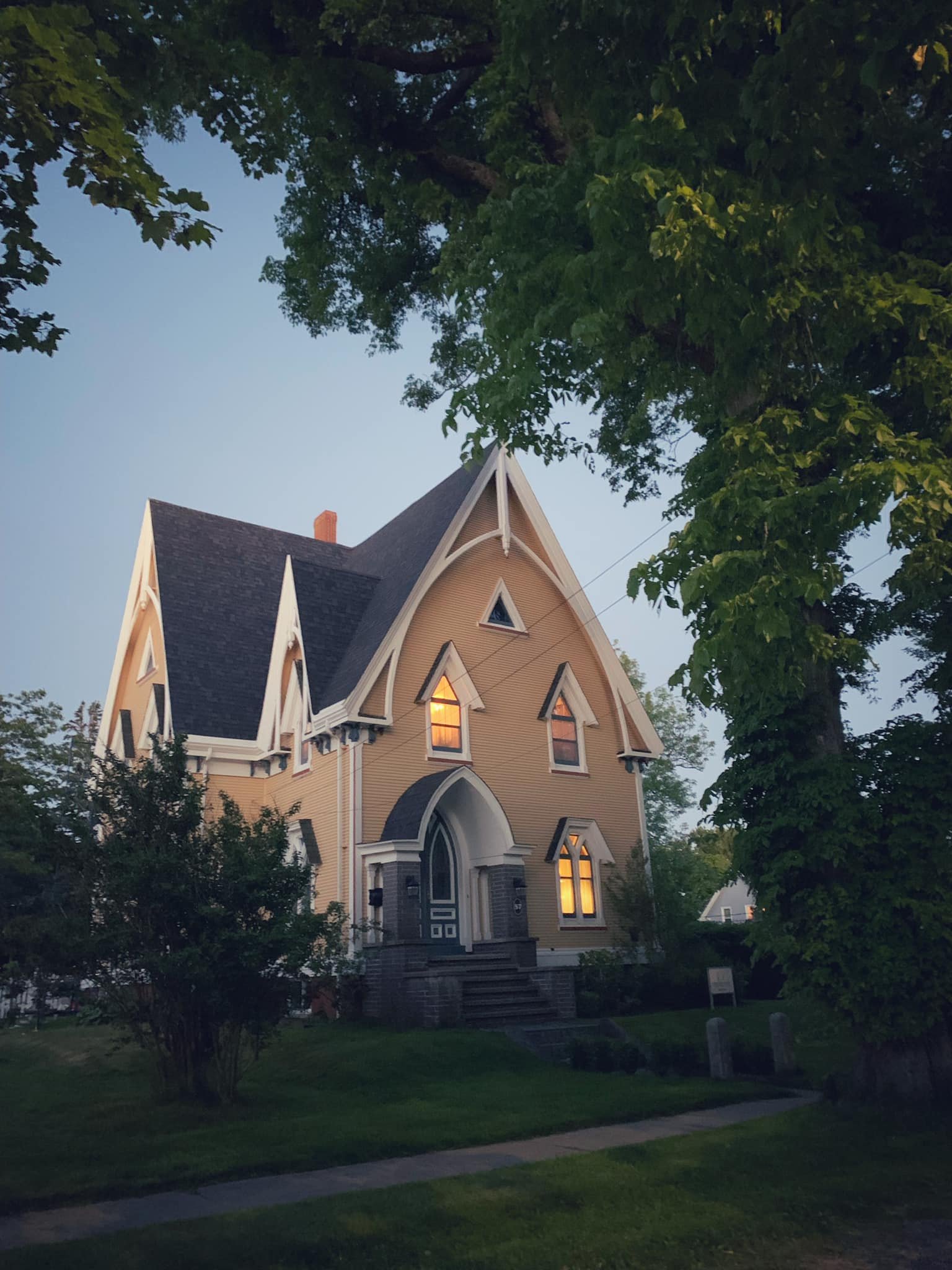
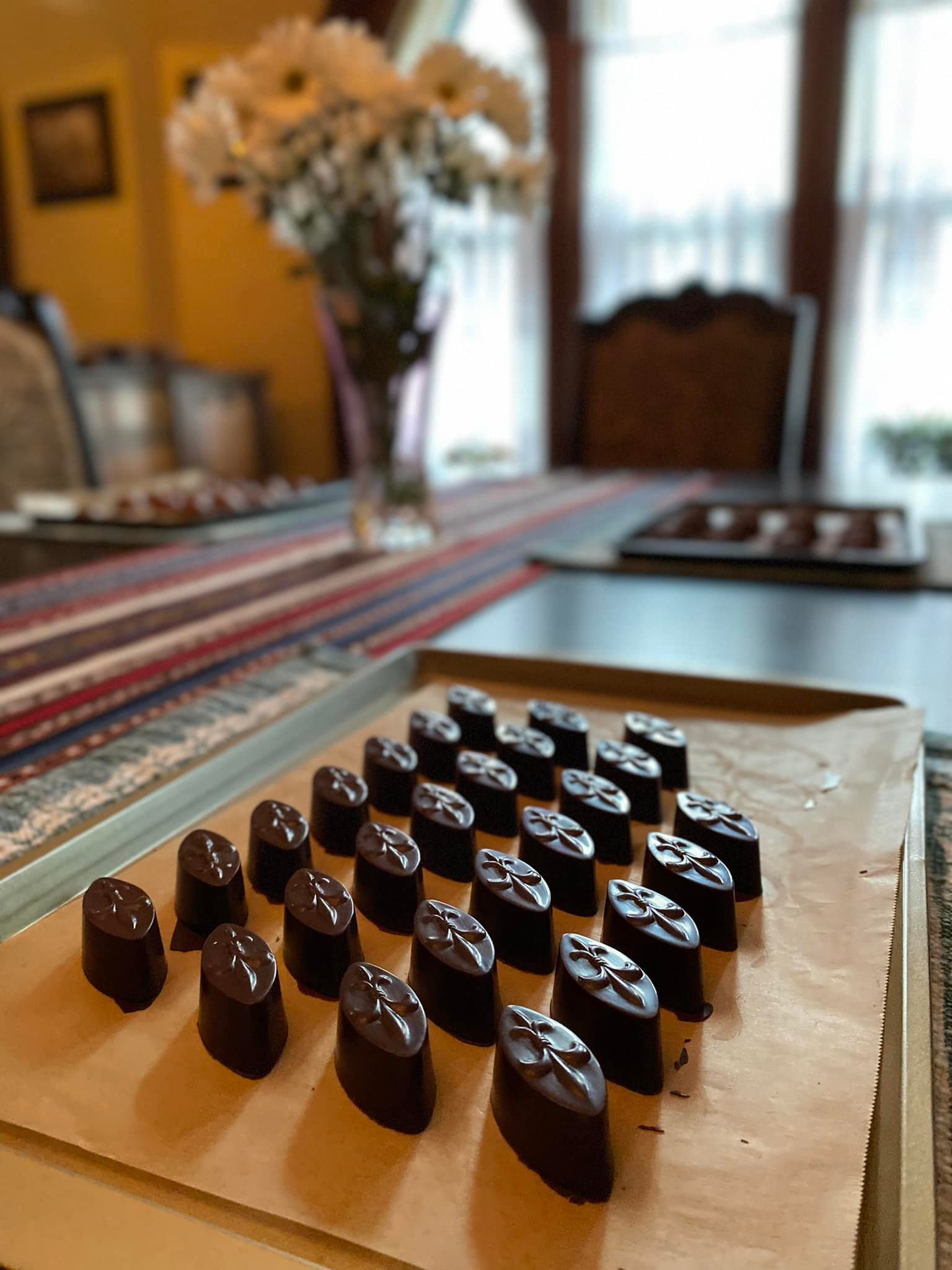
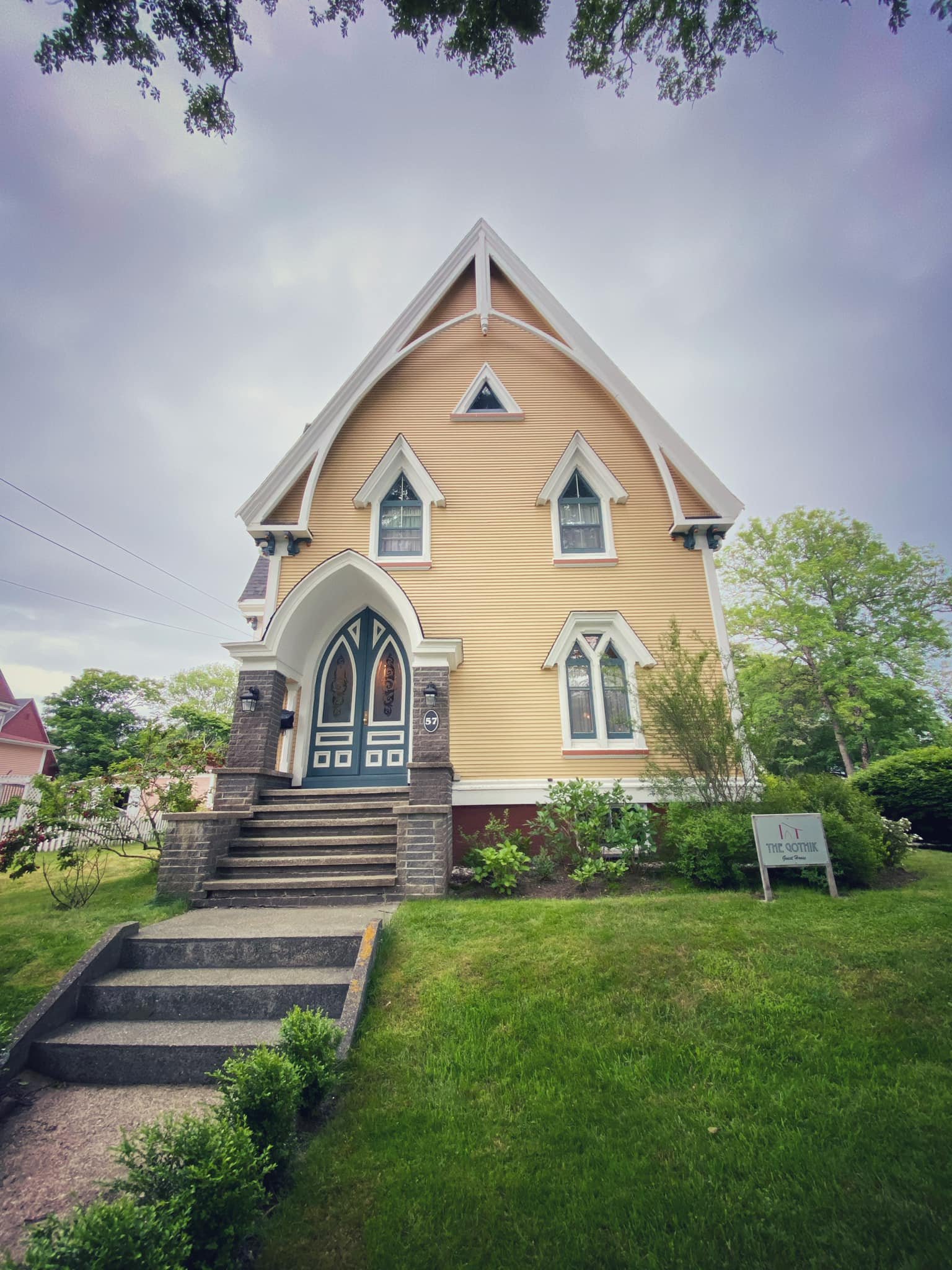
My home for a couple of days. And the proprietors are chocolatiers! Gothik Guesthouse, Yarmouth, Nova Scotia.
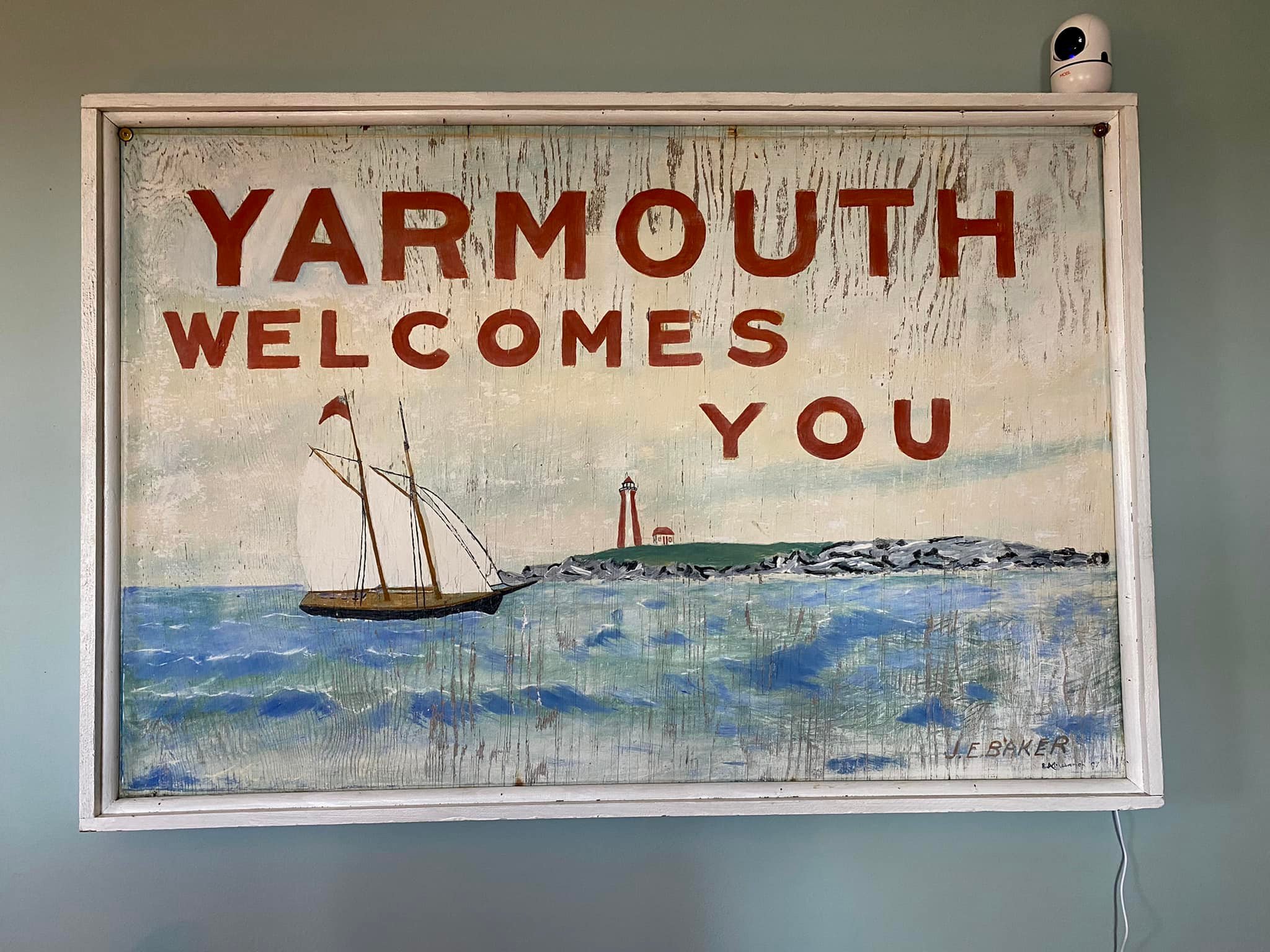
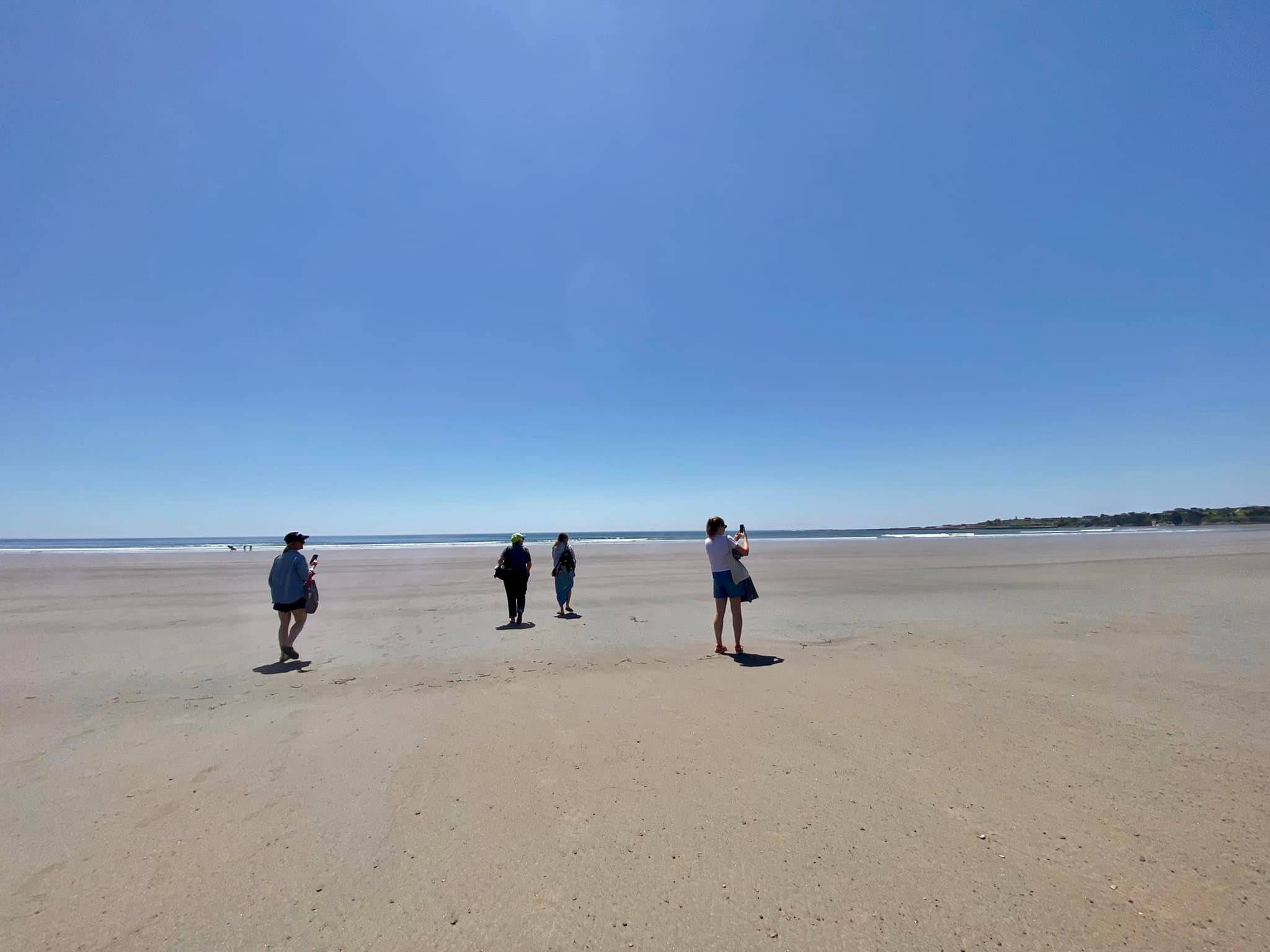

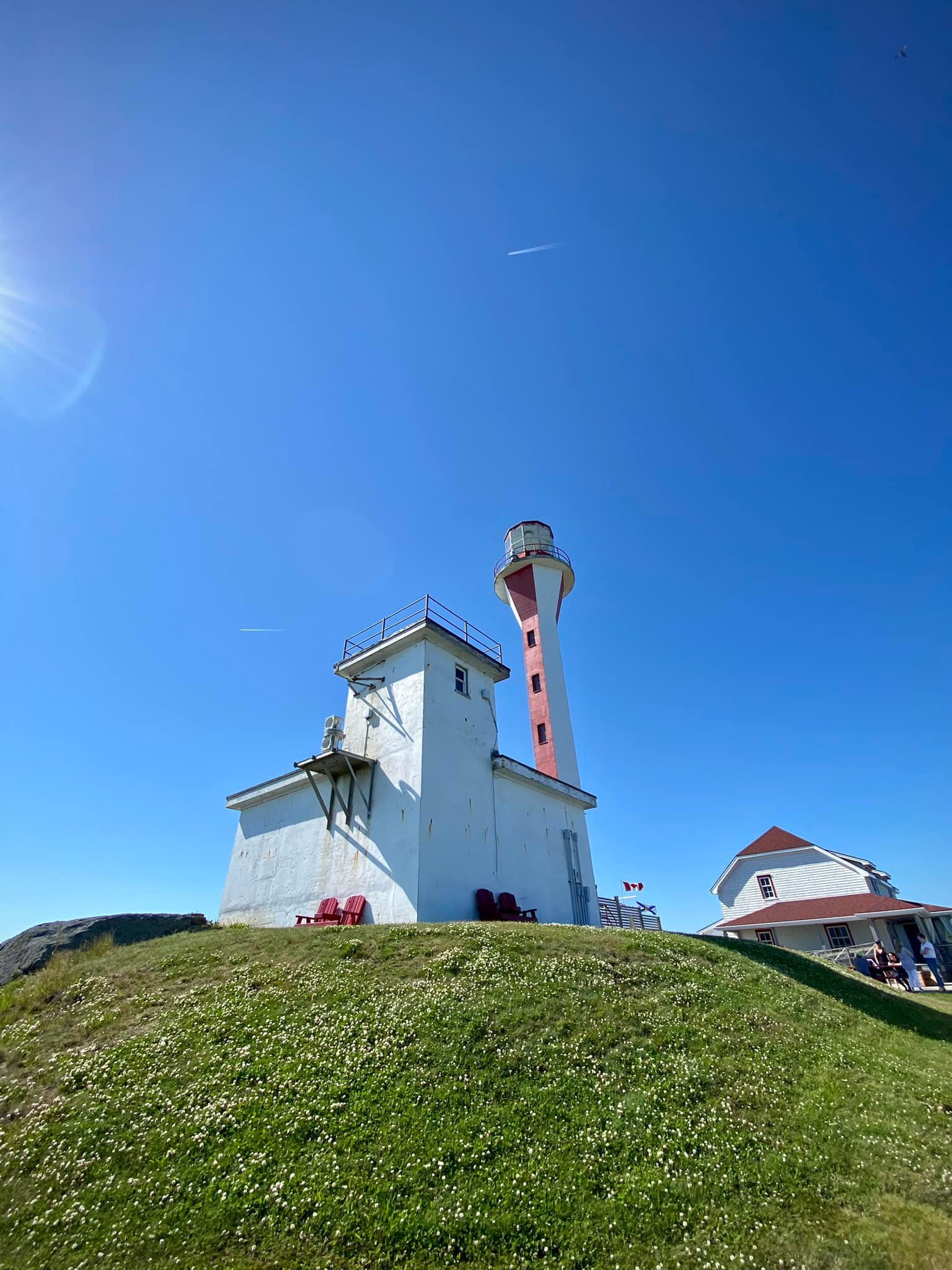


So many beautiful, and beautifully empty, beaches in Yarmouth and the Acadian Shores. And wonderful to be in the great outdoors with new friends Lola, Meredith, Kristyn, and Tara. Nova Scotia.

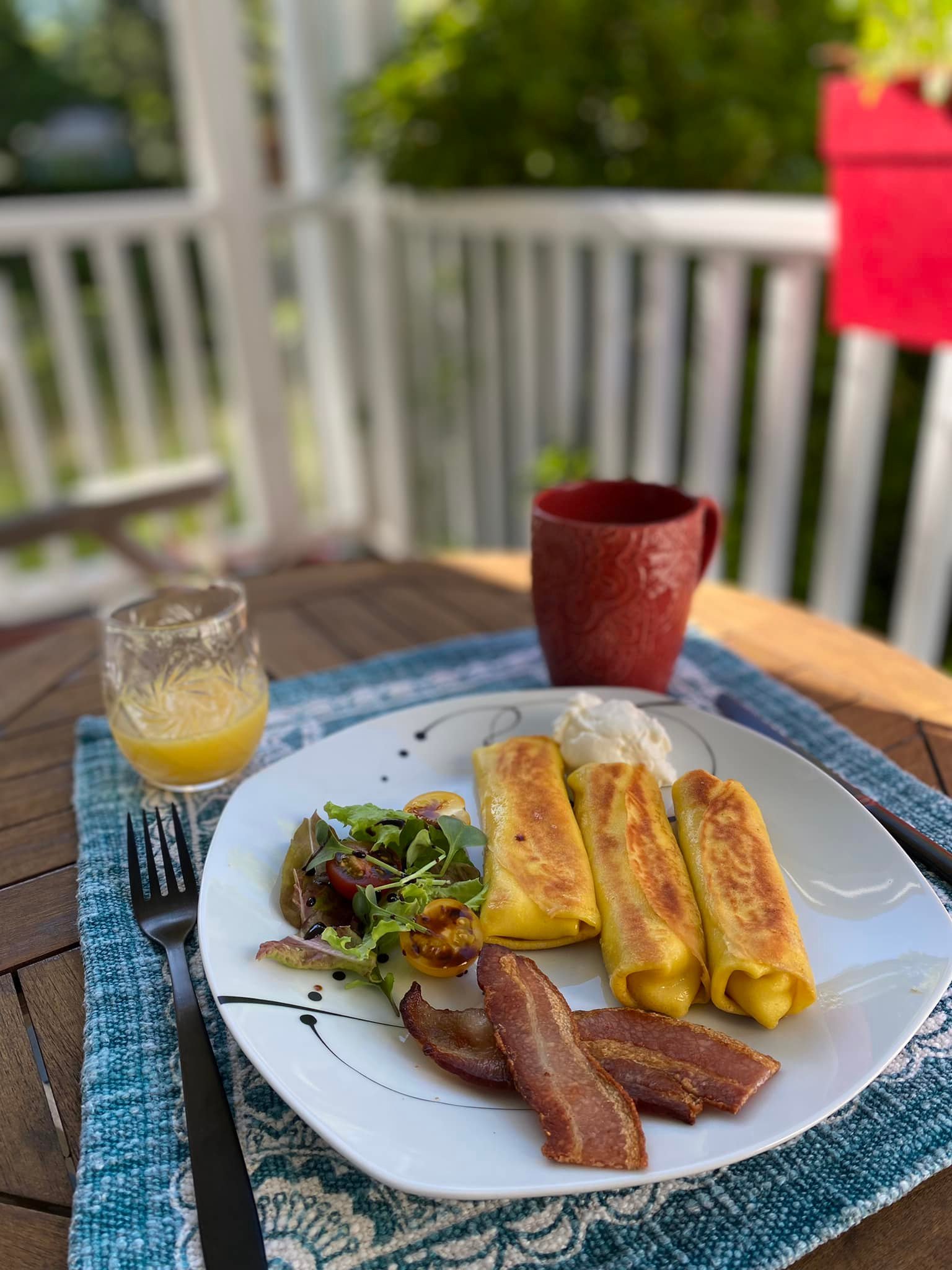
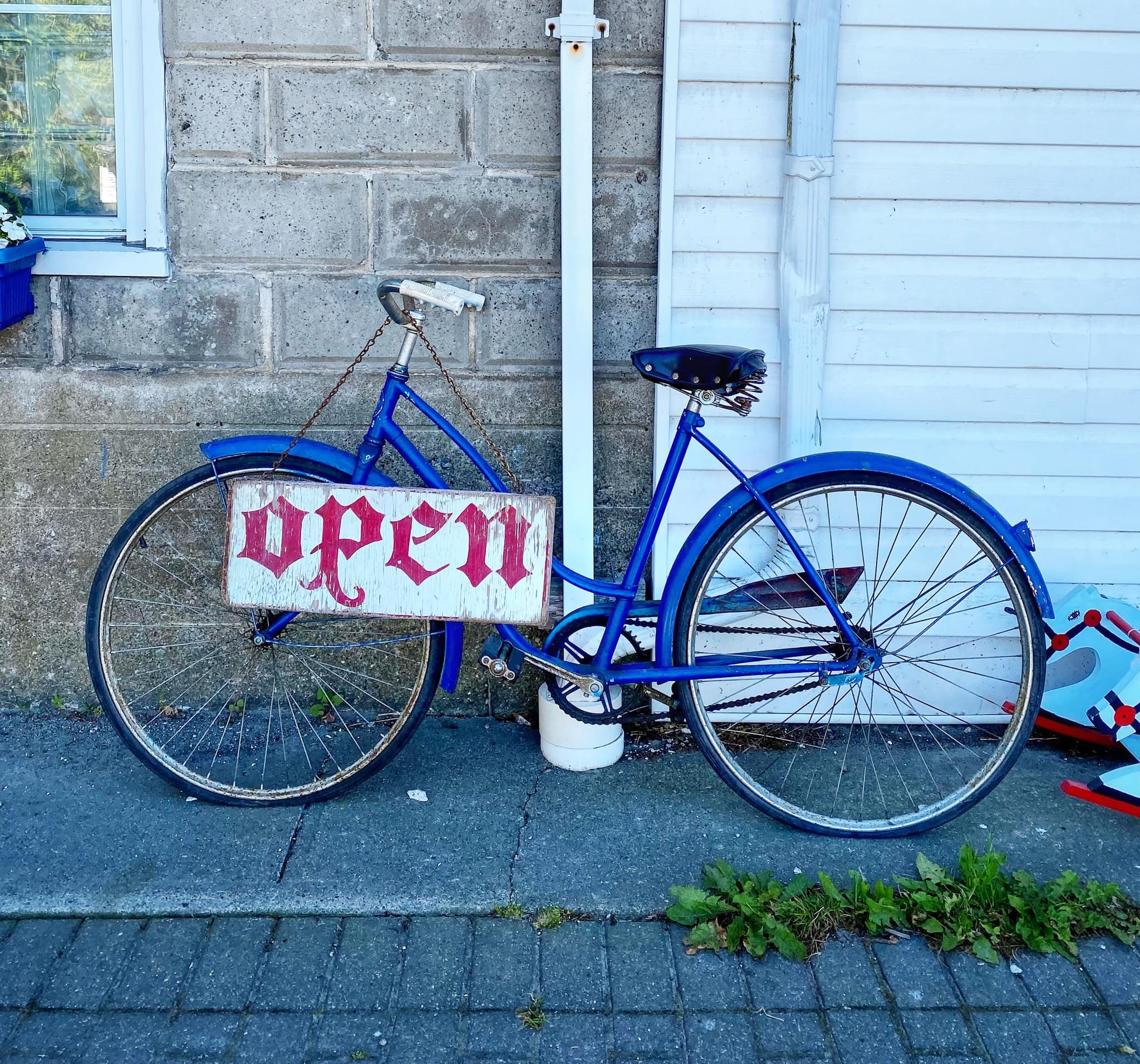

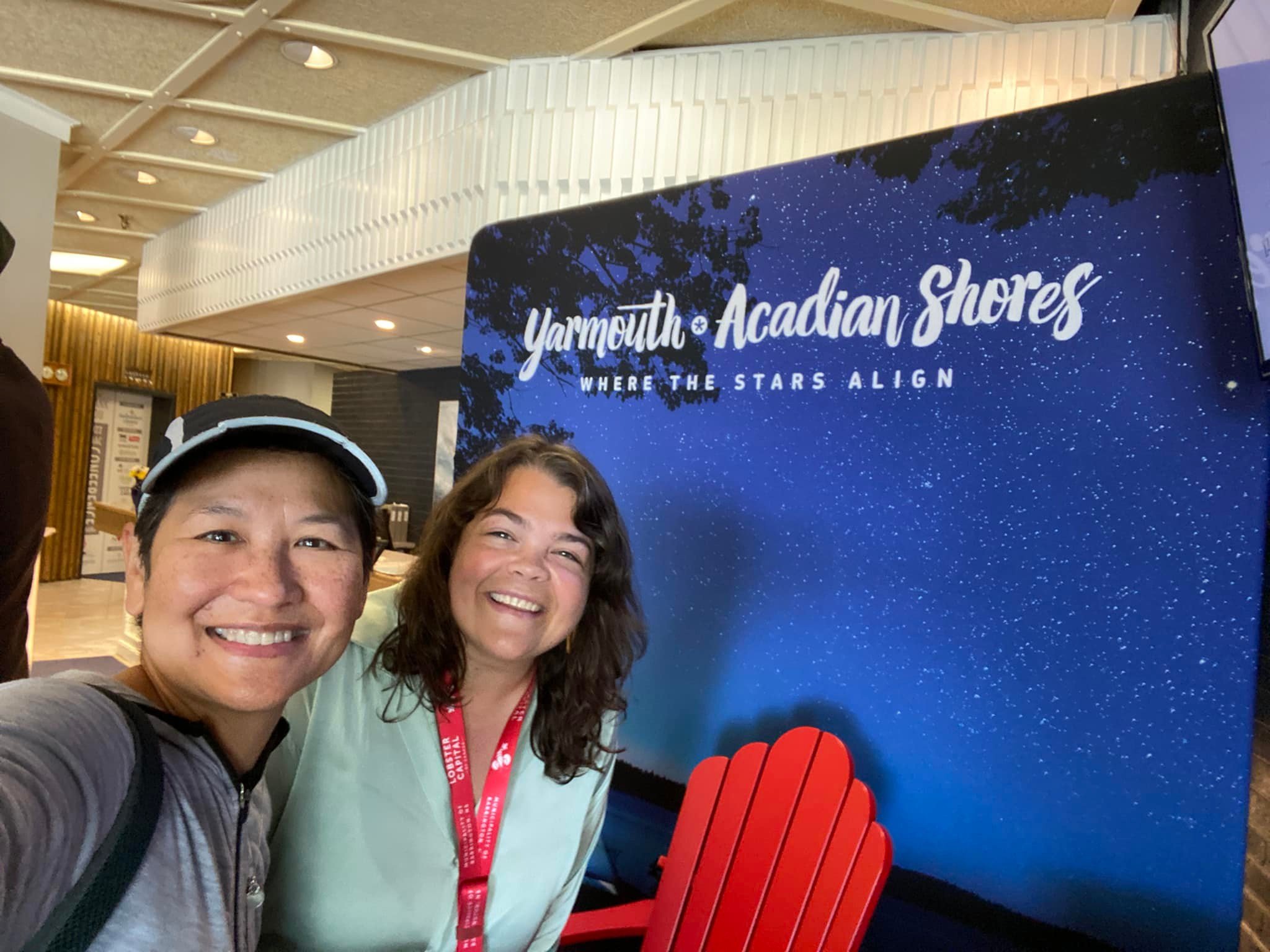
Yarmouth, Nova Scotia, walkabout. This port town was once a major shipbuilding center in the 19th century. The wealth led to some of the most extravagant examples of Victorian homes in the Maritimes. The town is reachable by fast ferry from Bar Harbor, Maine.
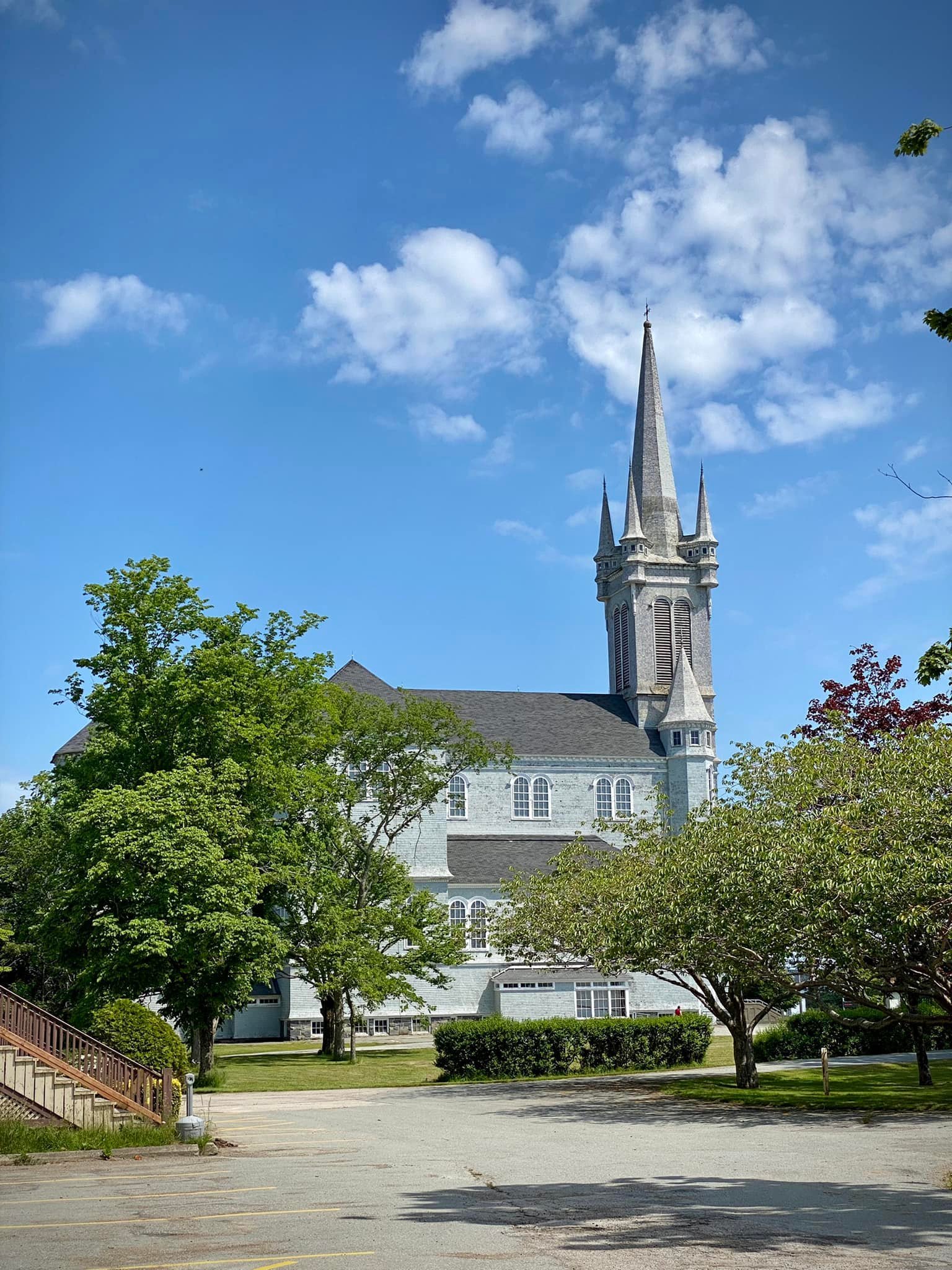
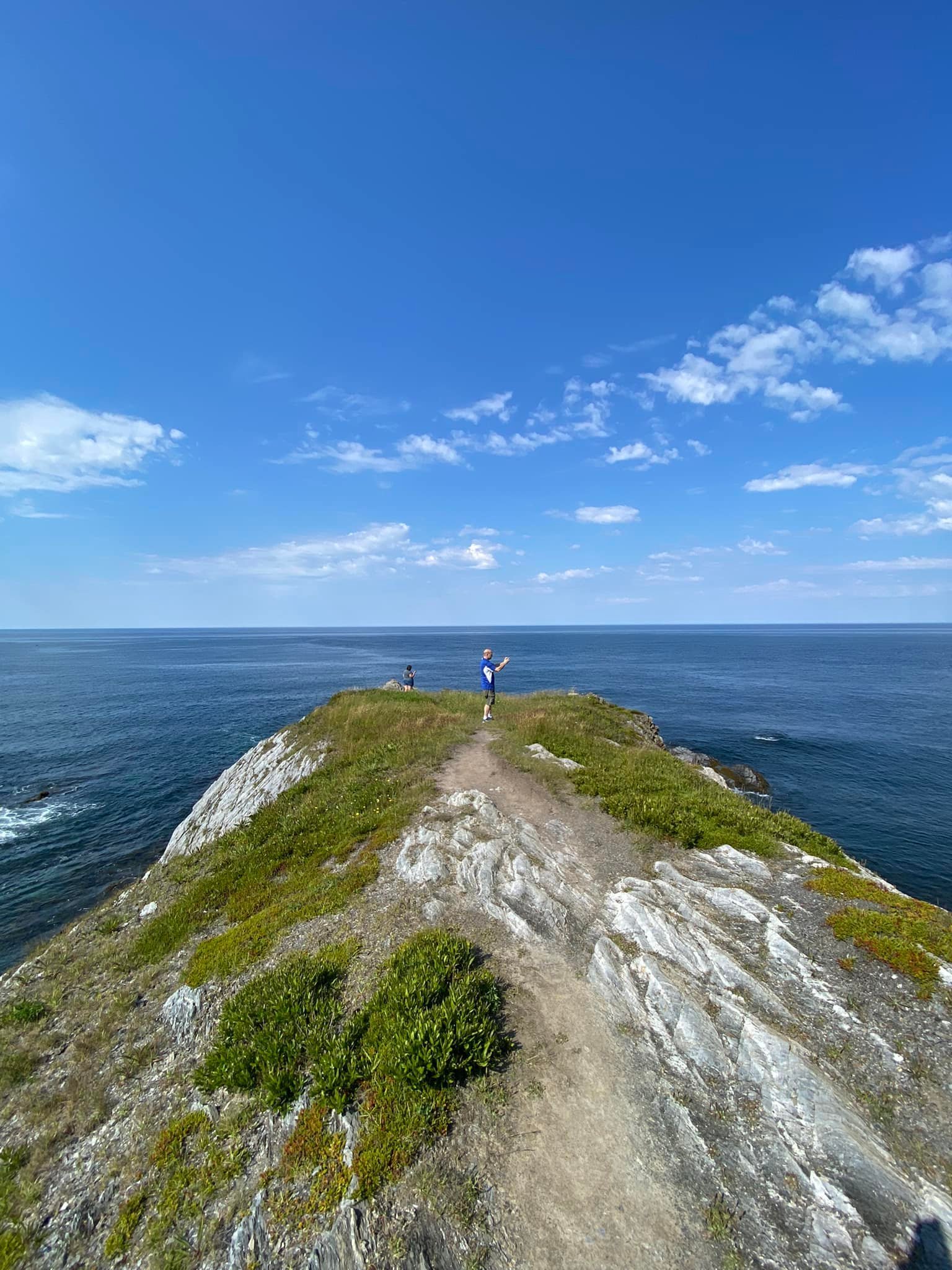
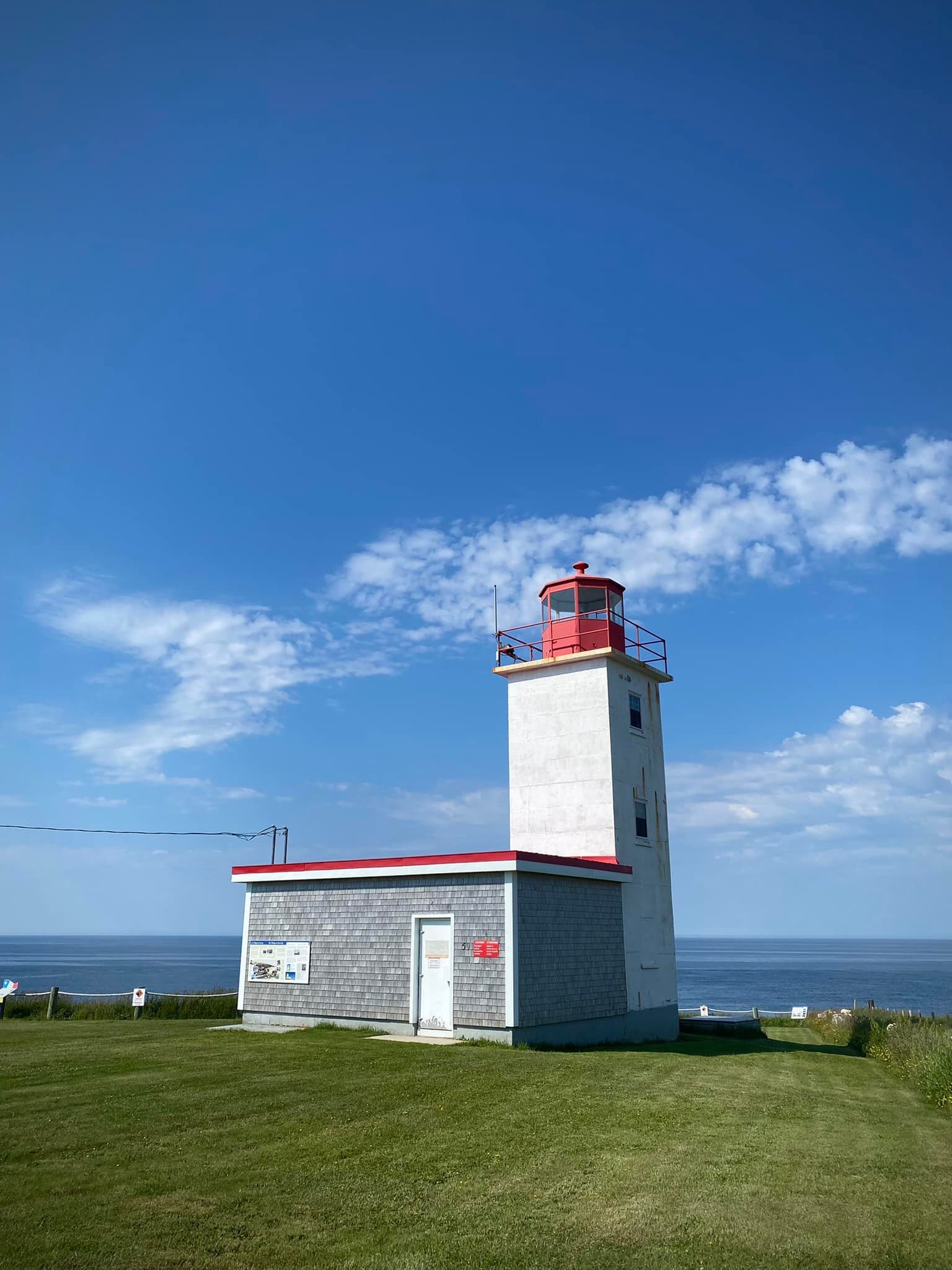
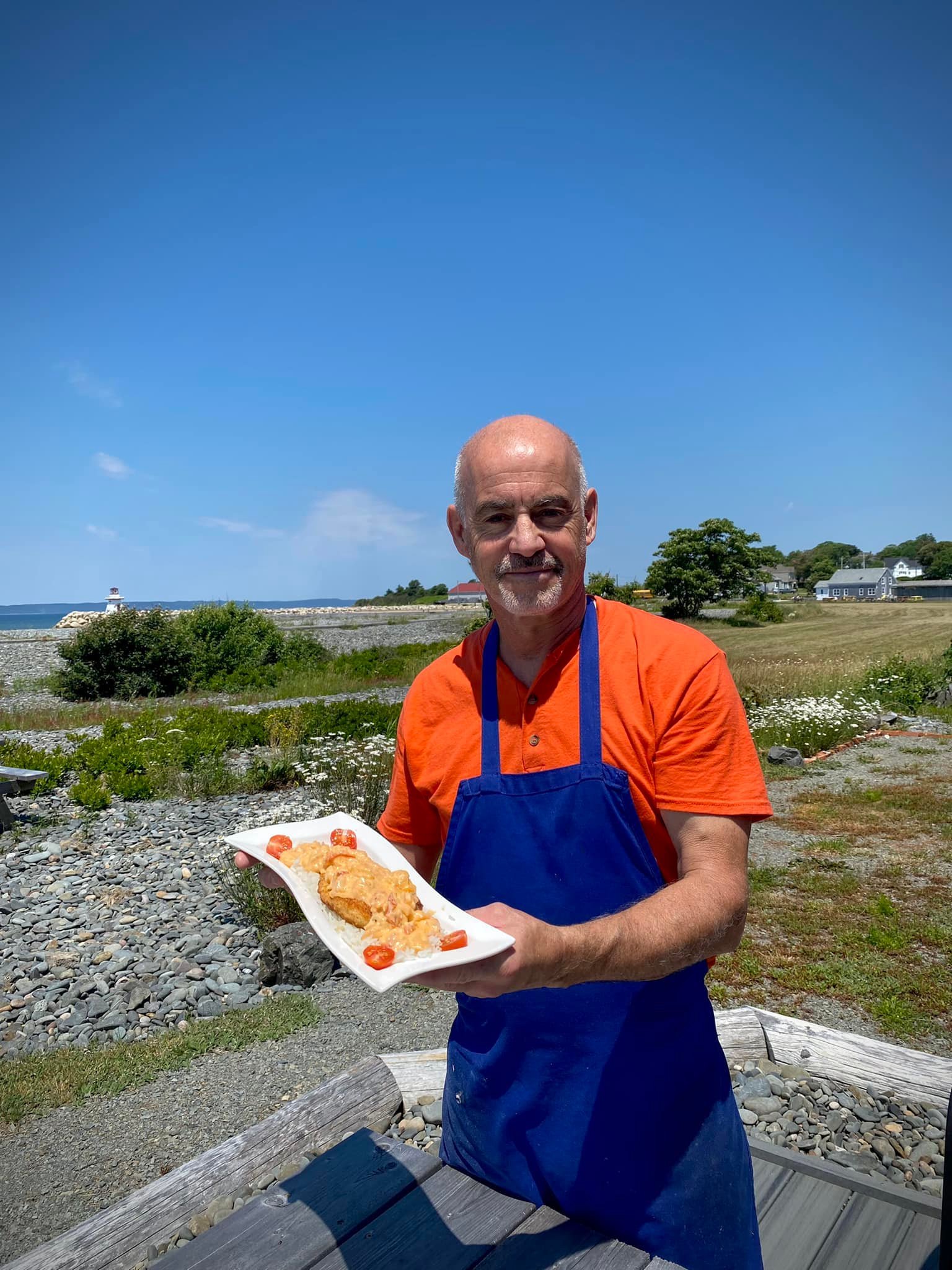
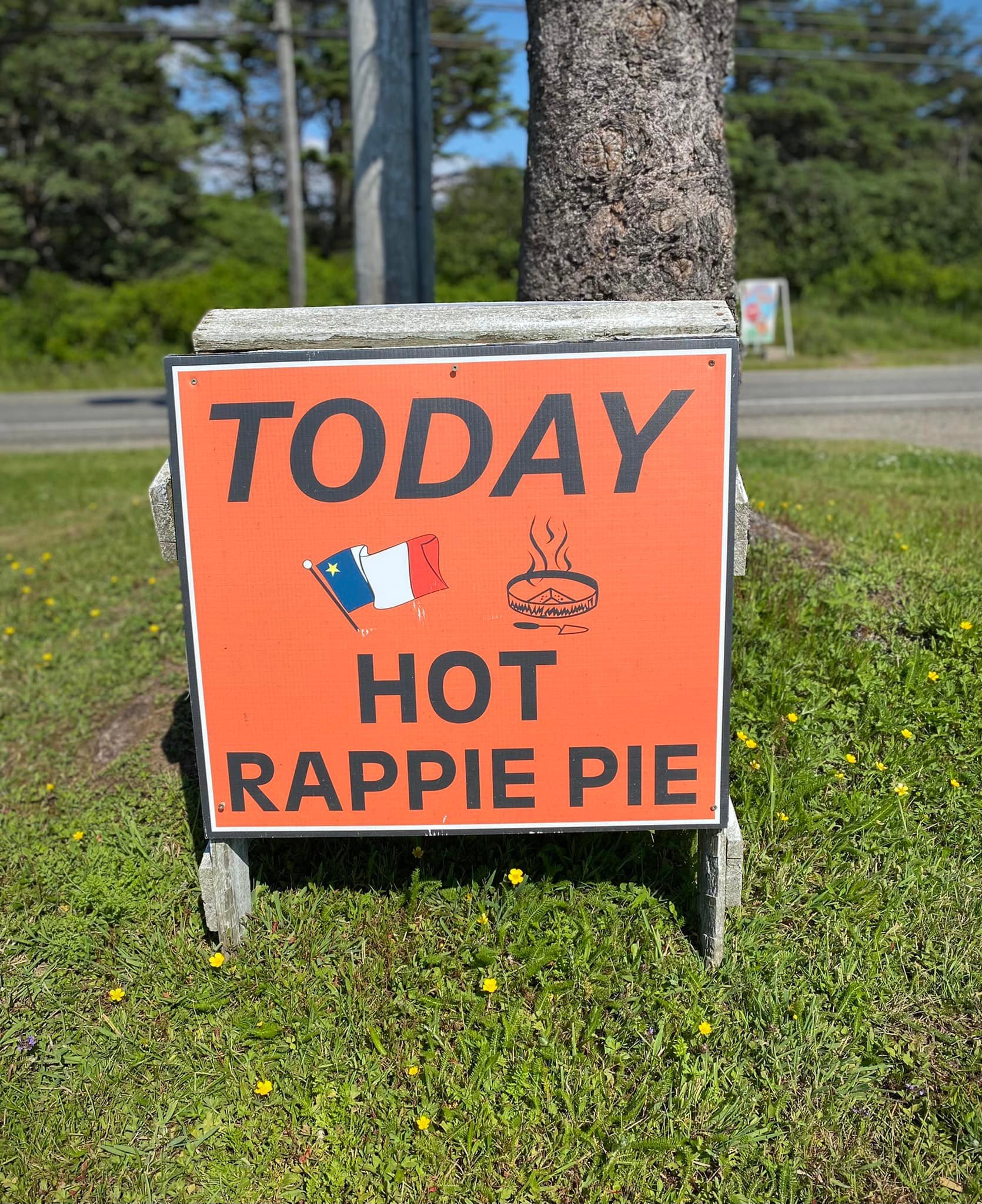
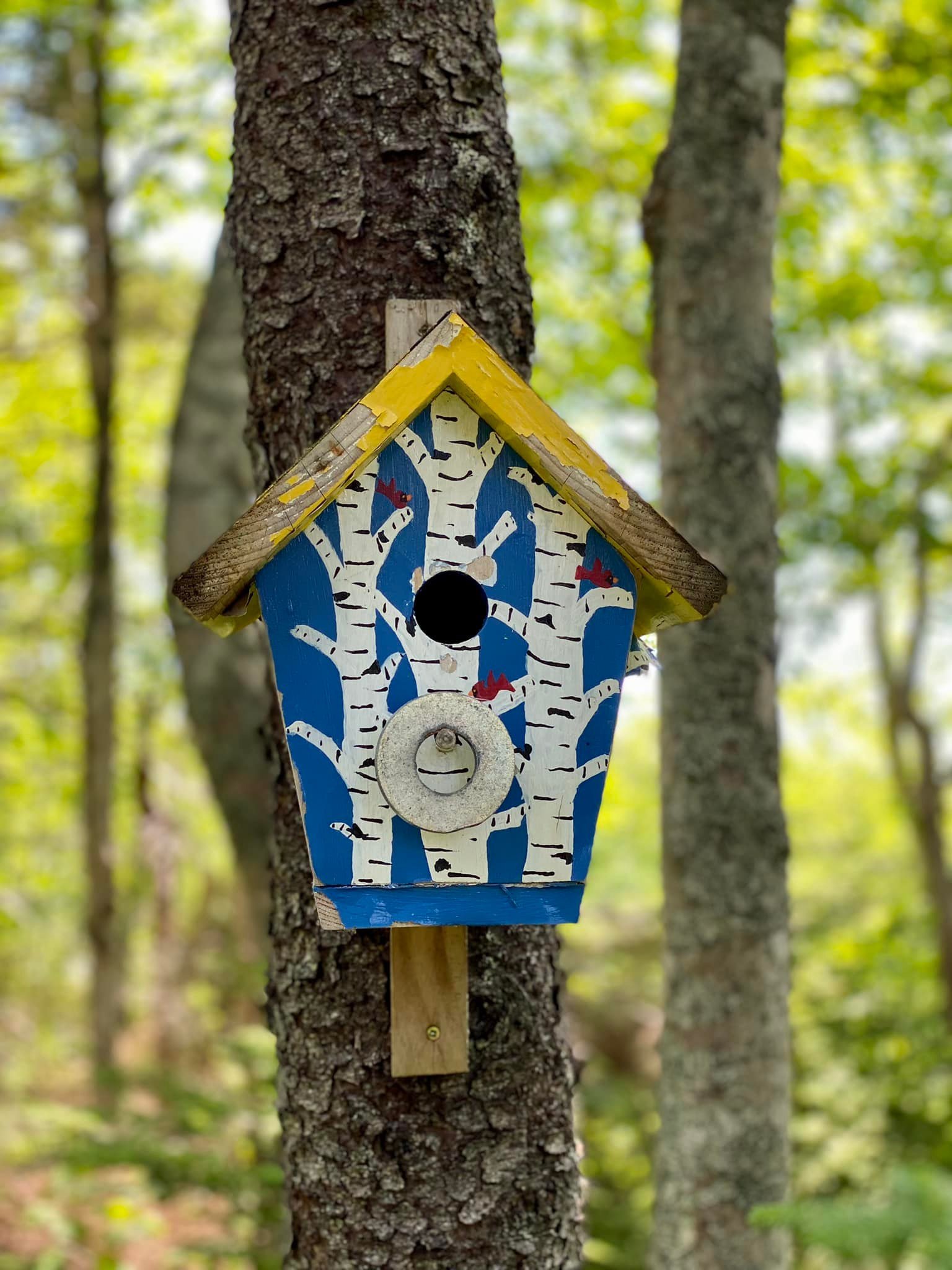
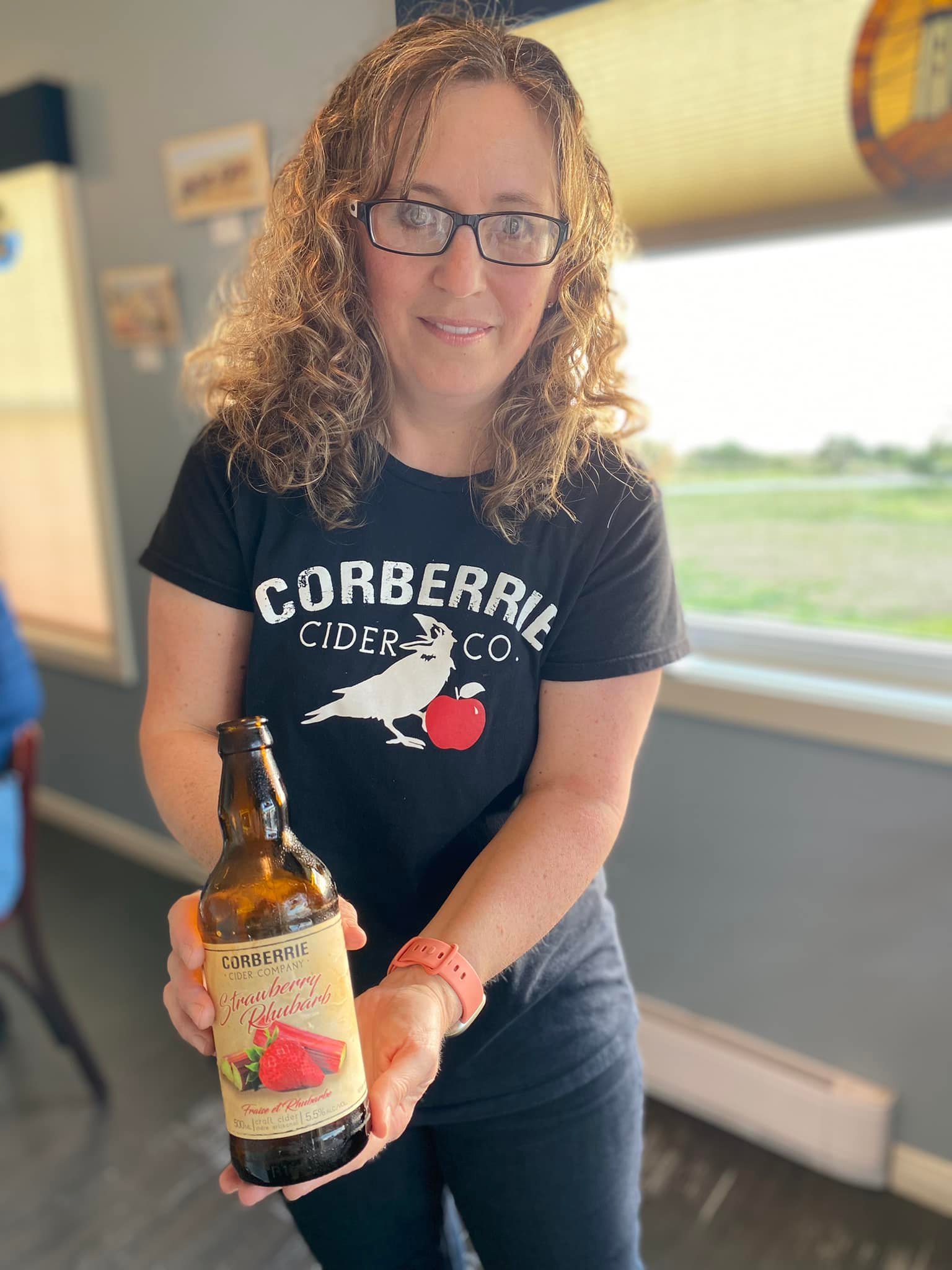
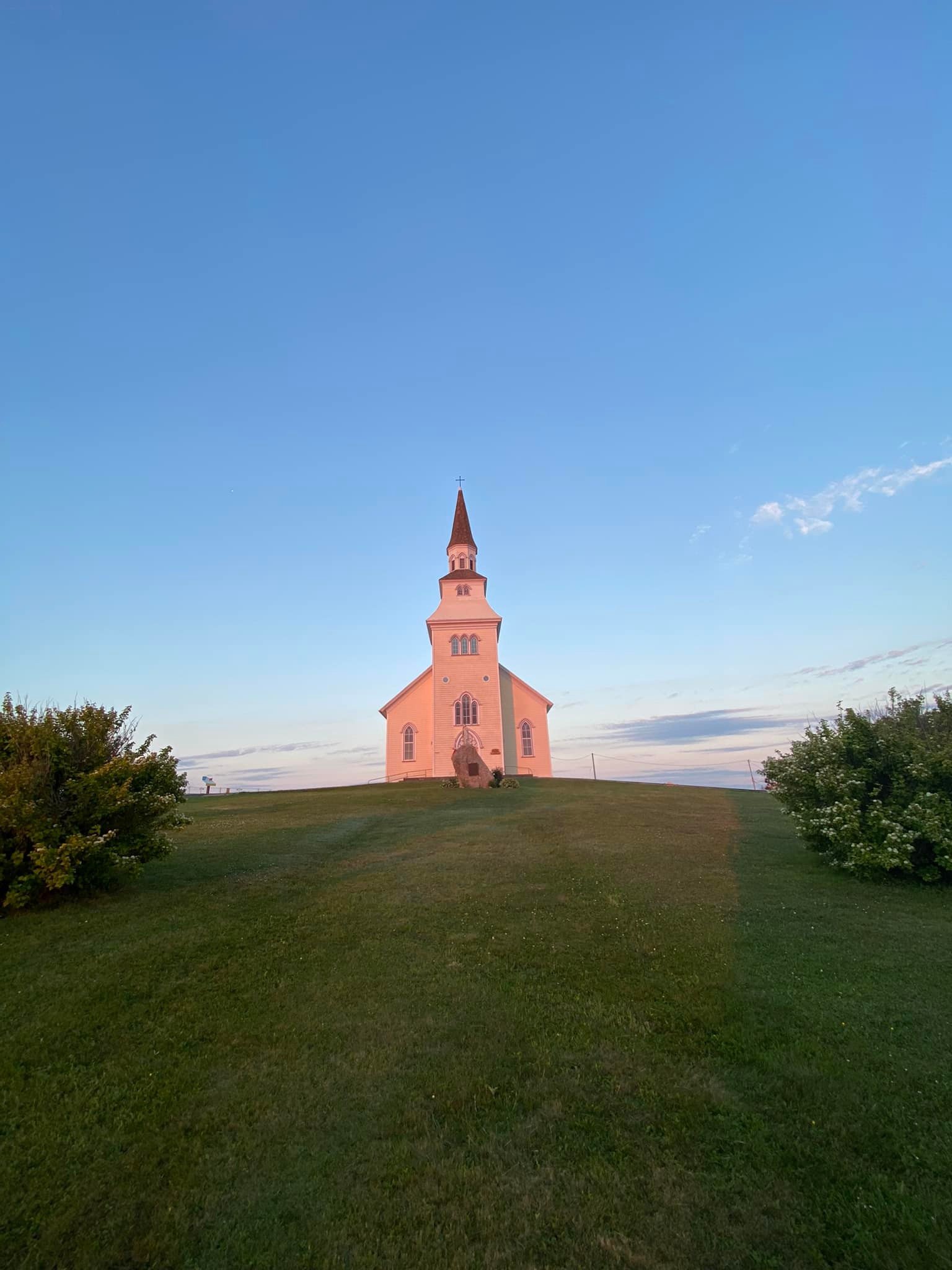
Into Acadia: I’m spending a few days on the Acadian Shores, or Baie Sainte-Marie area of Nova Scotia. Acadia was a French colony in what is now Canada’s Maritime provinces. The region was controlled by the British and during the French and Indian War (mid 1700s), they deported more than 10,000 Acadians from the region. Some ended up in Louisiana and other British colonies. Others returned when the conflict subsided though many couldn’t get back their former lands and their descendants keep the culture and history alive. Today we’re in the municipality of Clare, home to the largest Acadian community in Nova Scotia. More than 75 percent of its residents speak both French and English. The Mi’kmaw lived and continue to live on this land.
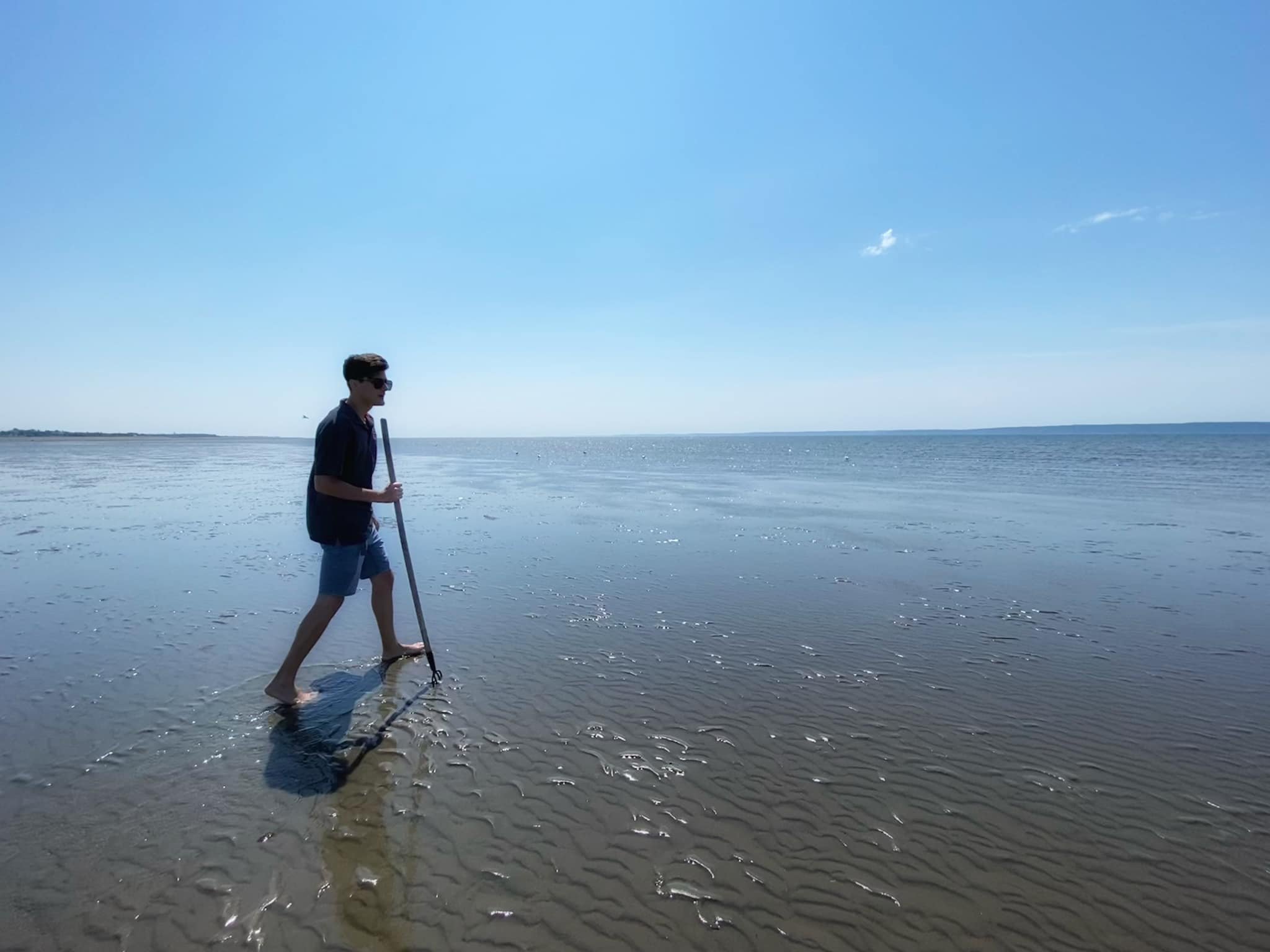
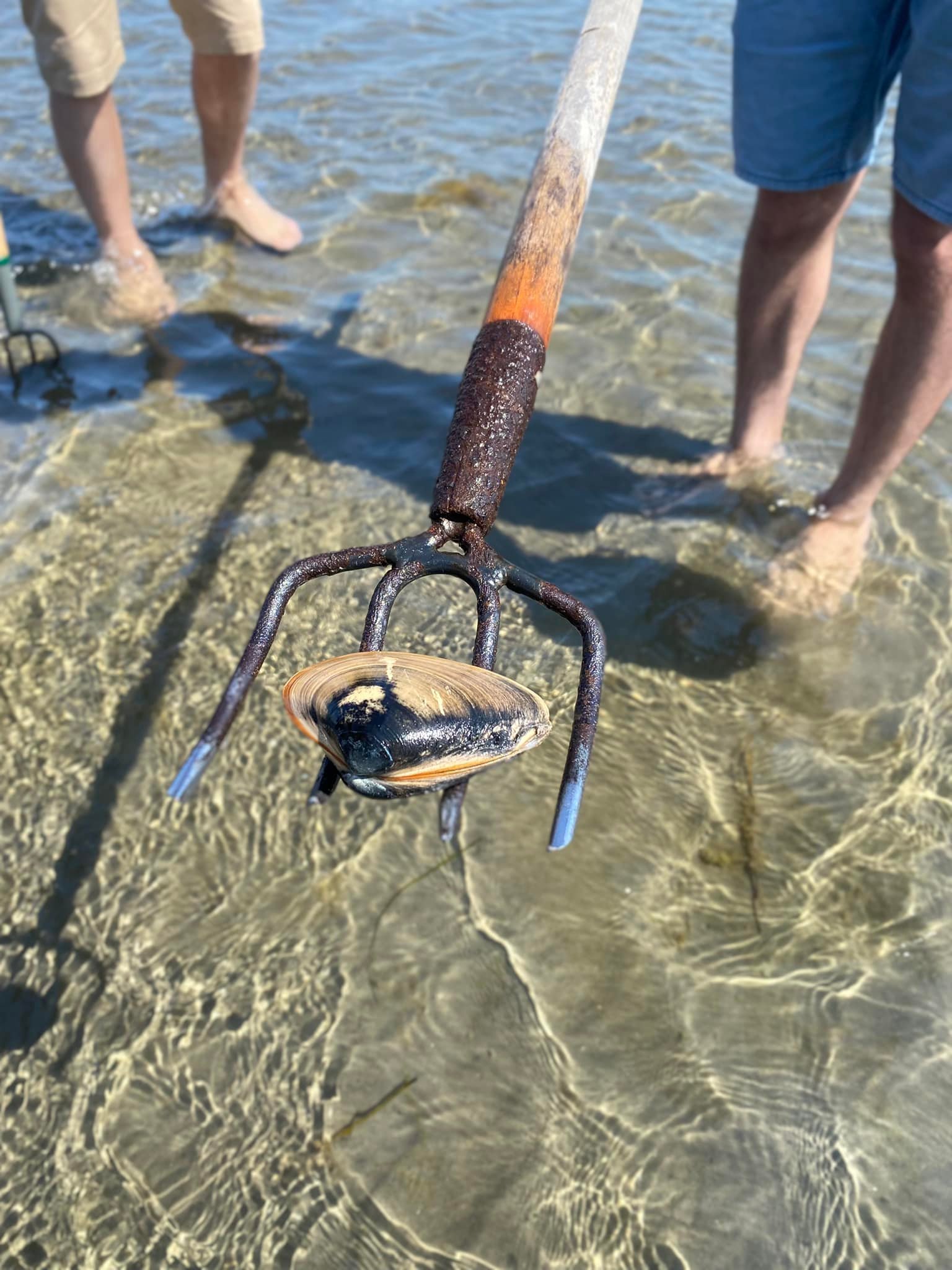

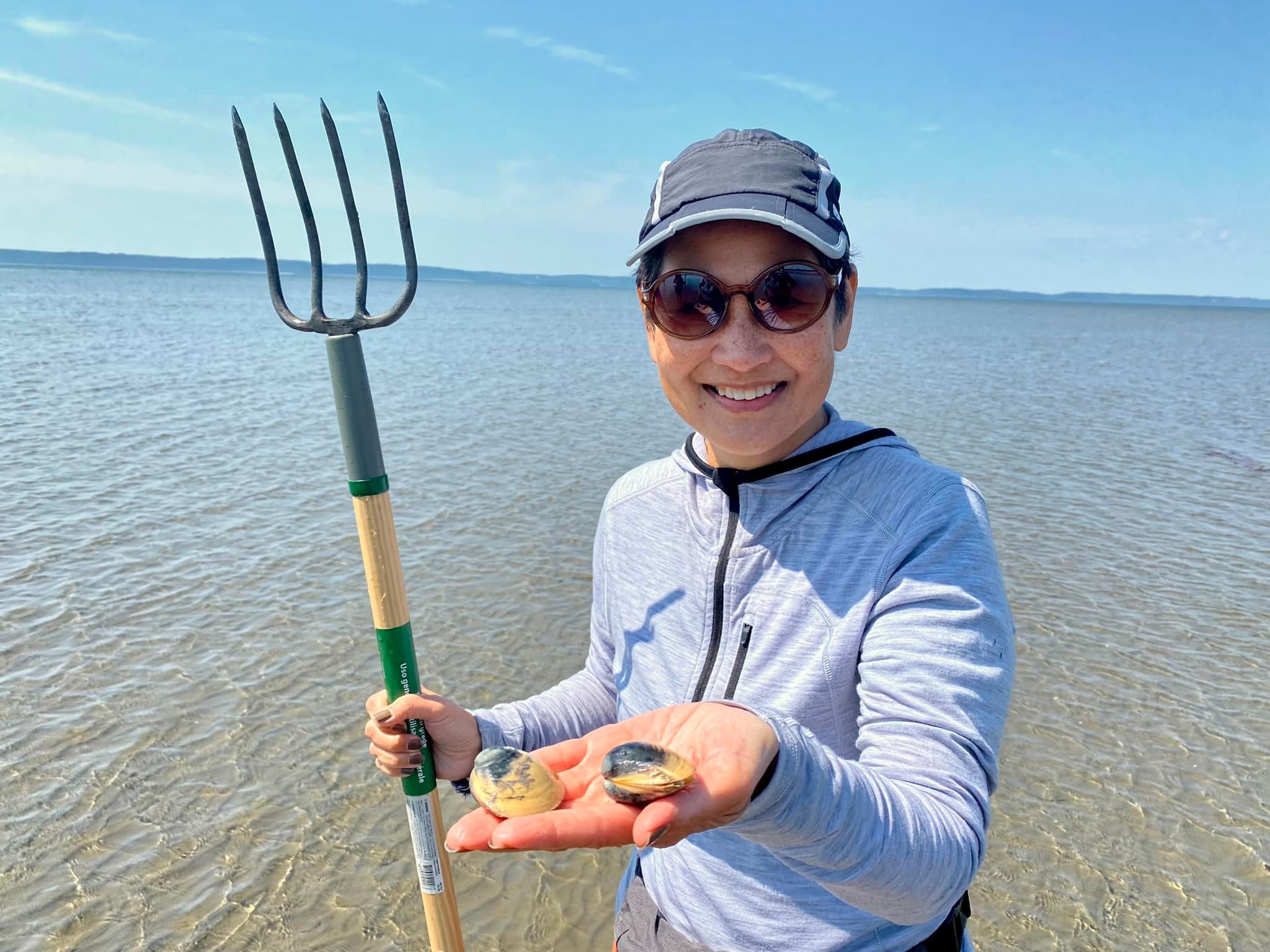
Clam diggers: Acadians (and the Mi’kmaq before them) have been expertly digging delicious clams along the tide-washed shores of Saint Mary’s Bay for centuries. Marcel Saulnier gave us tips and tricks to finding quahog clams. The lower the tide the better. Feel with your feet or clamming fork. Those smaller than three inches cannot be taken. A fun and almost meditative activity when the water is sun-warmed and the sun is out, as it was on this day.
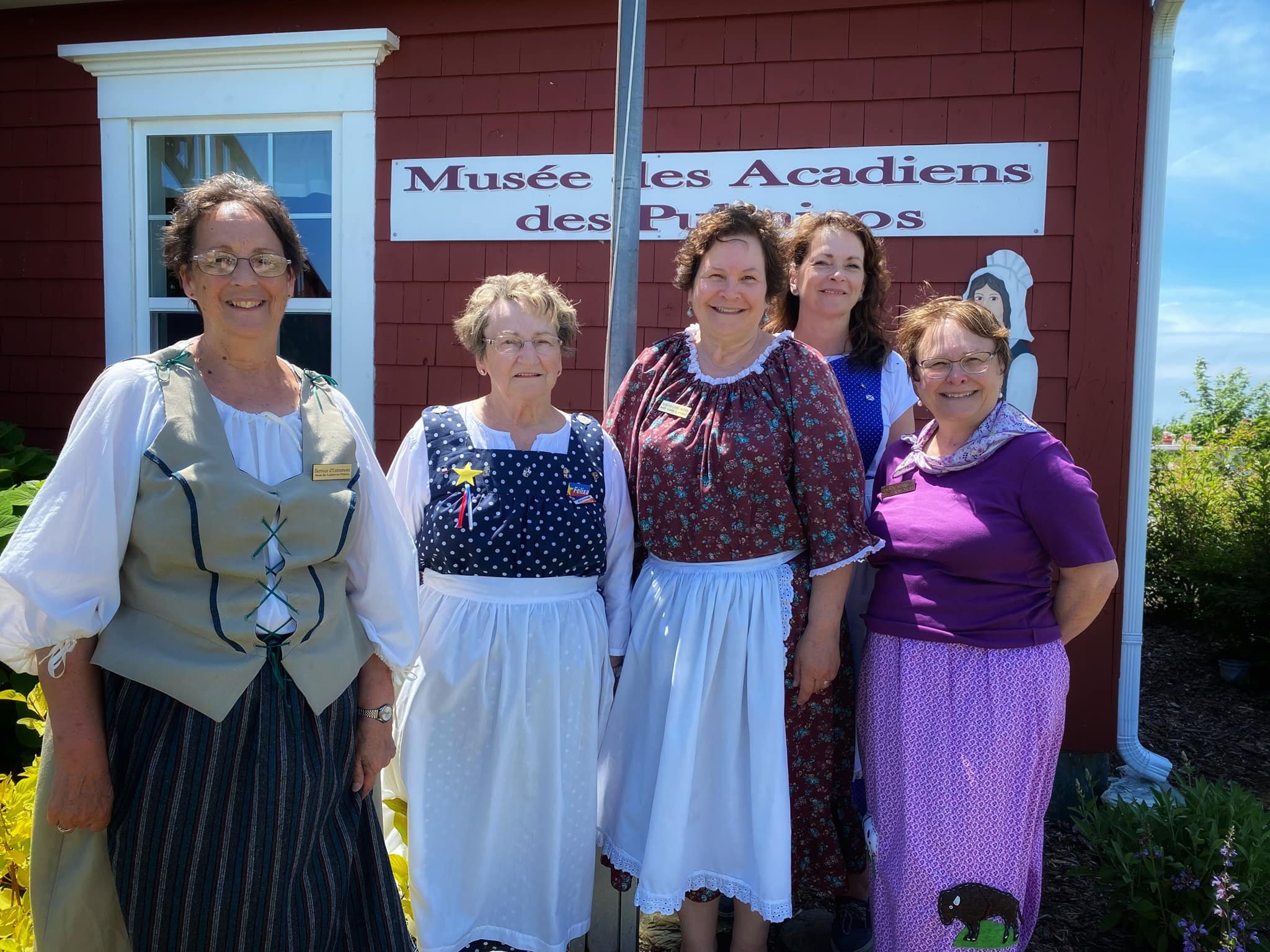

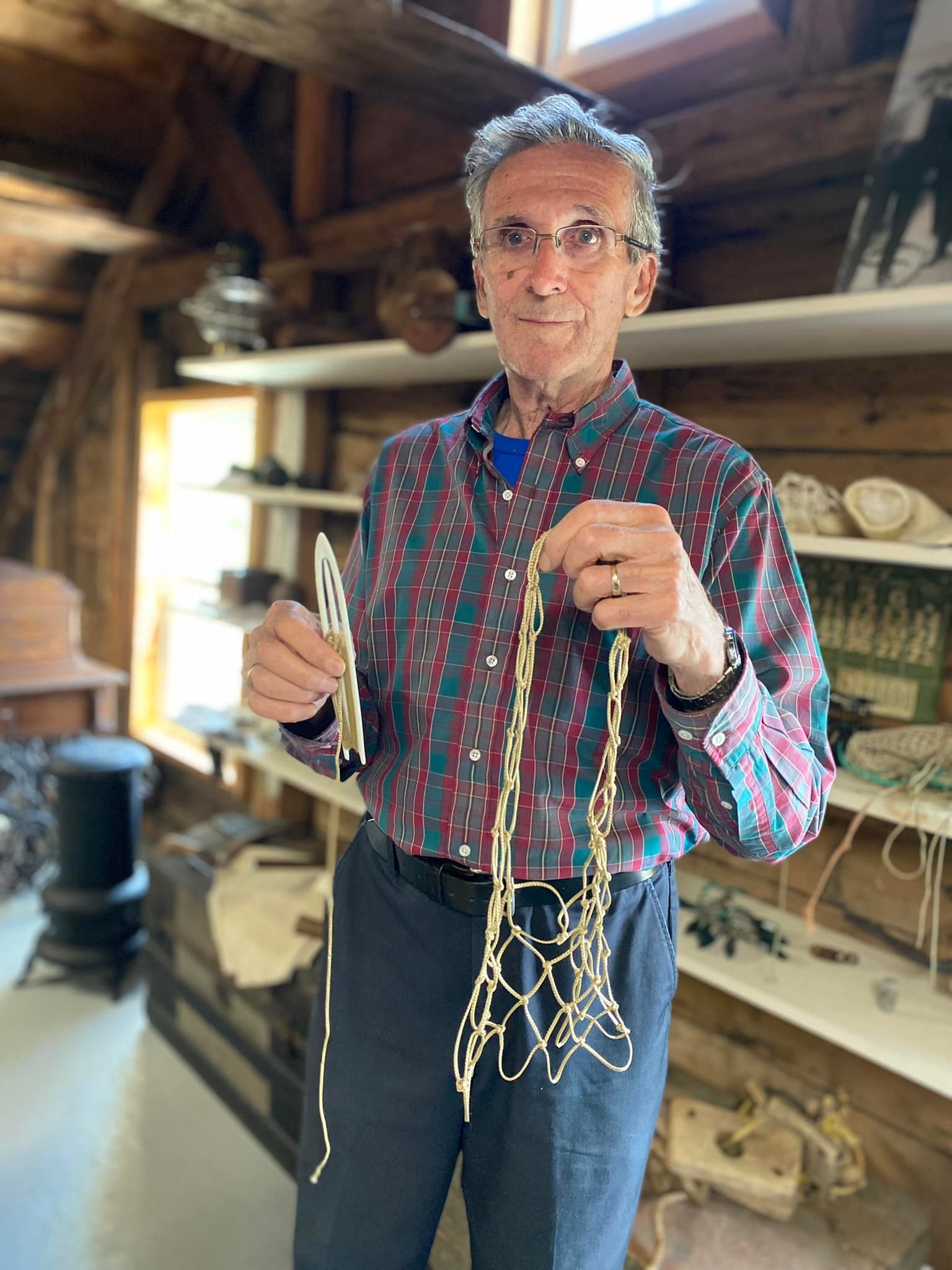

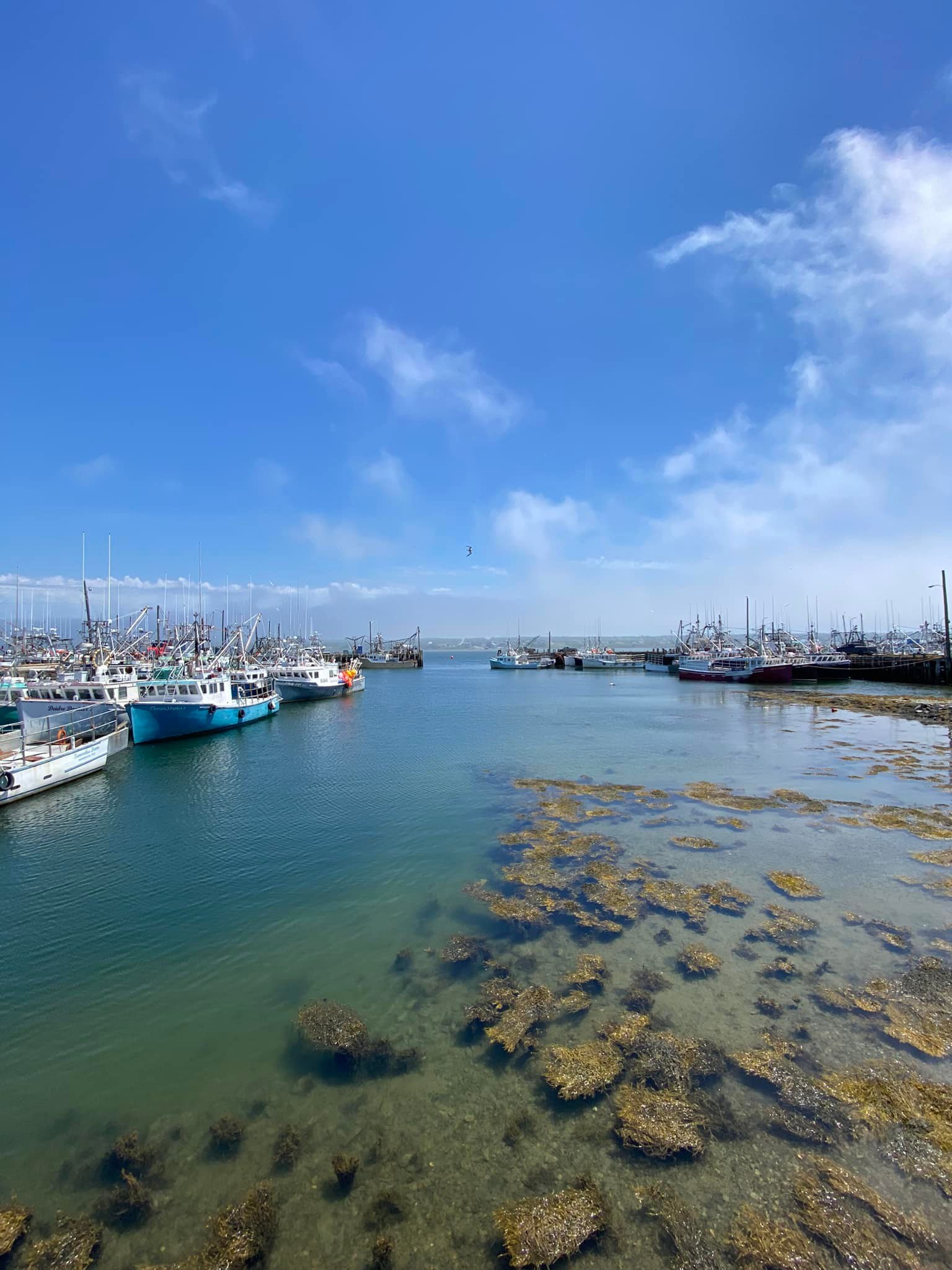
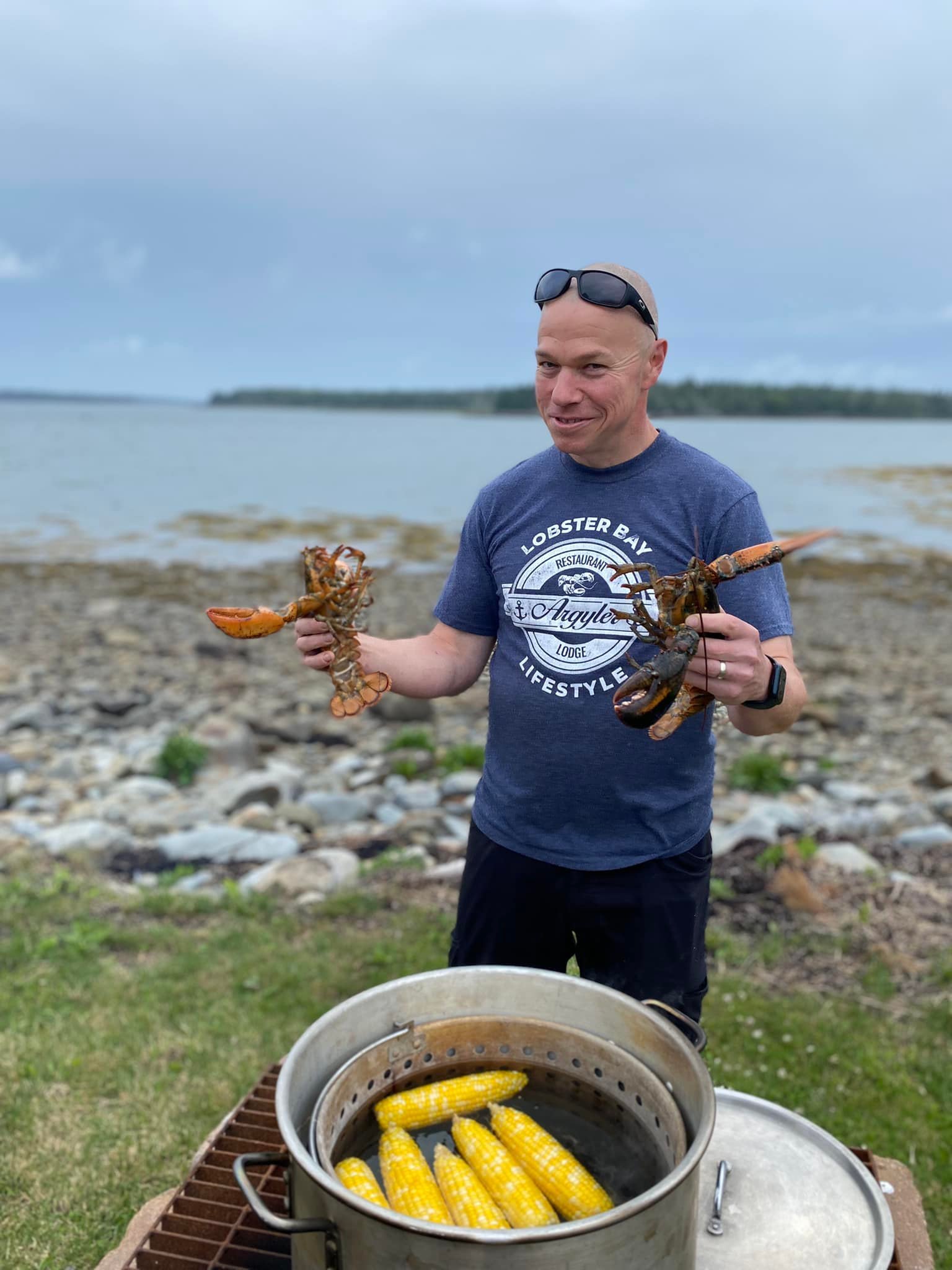
People power: No question, it is L’Acadie’s persistent and joyful people who animate this region. In Pubnicos, the oldest Acadian region founded in 1653, we met historical interpreters at Le village historique de la Nouvelle-Ecosse and Musée des Acadiens des Pubnicos who shared hidden stories unknown to this American and apparently even to Canadians, lobster fishers explaining the deceptively simple mechanics of a lobster trap and how to knit a net, and craftspeople keeping cultures and language alive. Why does any of this matter in an age of hyper-speed and digitization? Because, paradoxically, in the rush to embrace modernity and high technology we have abandoned important concepts and vital ways of being that we sorely need for humanity to flourish. Acadia, southwestern Nova Scotia.
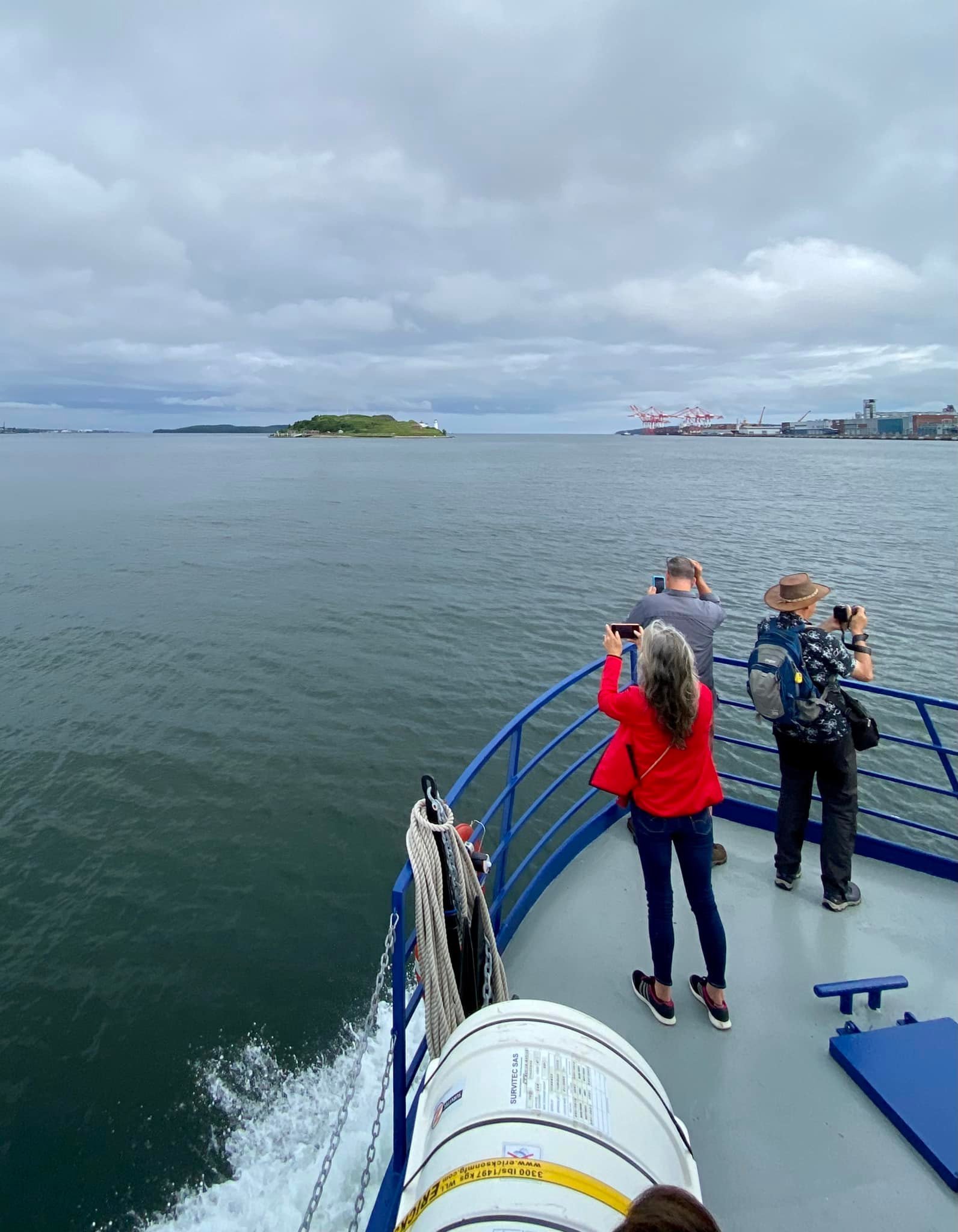
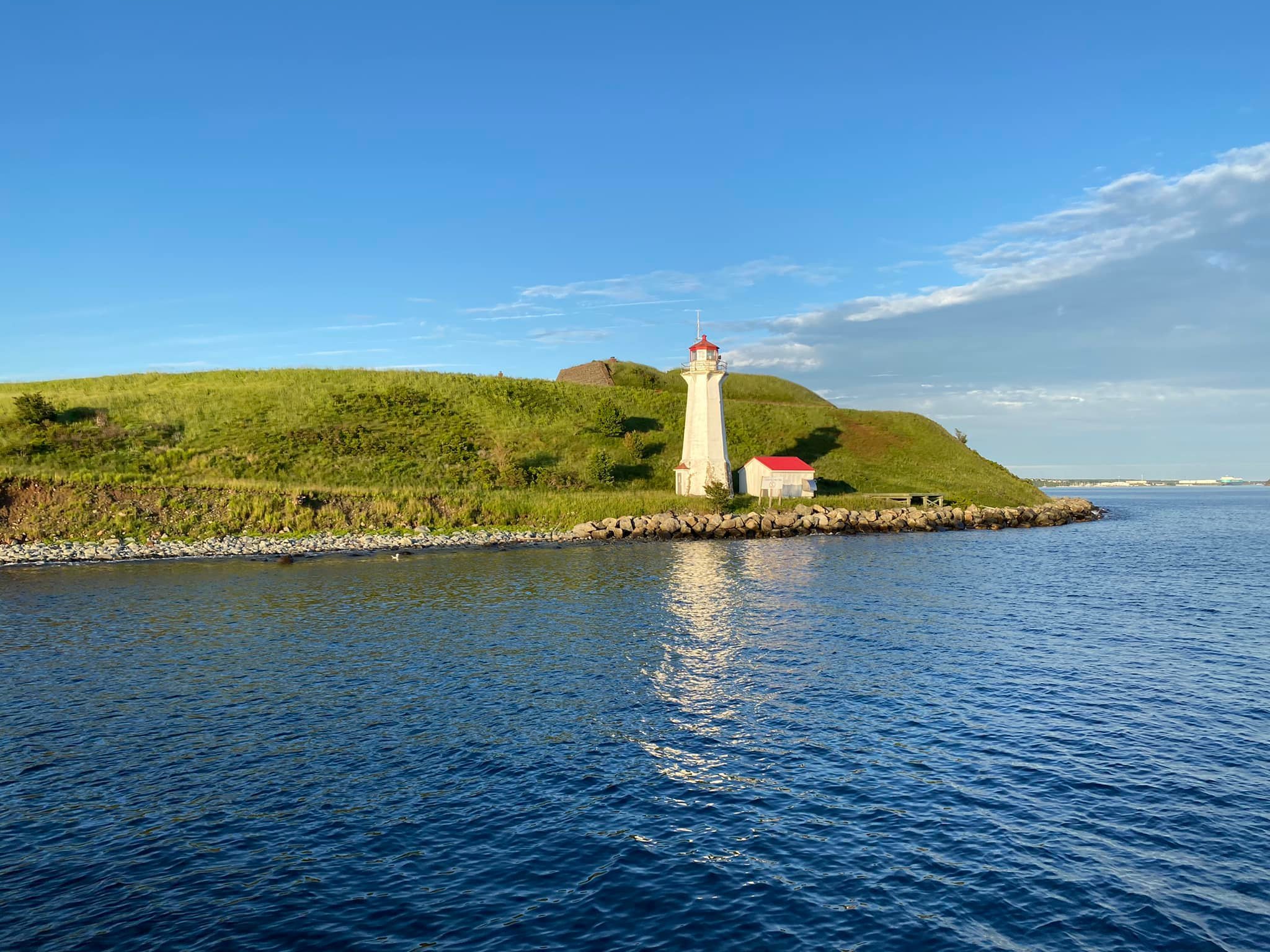
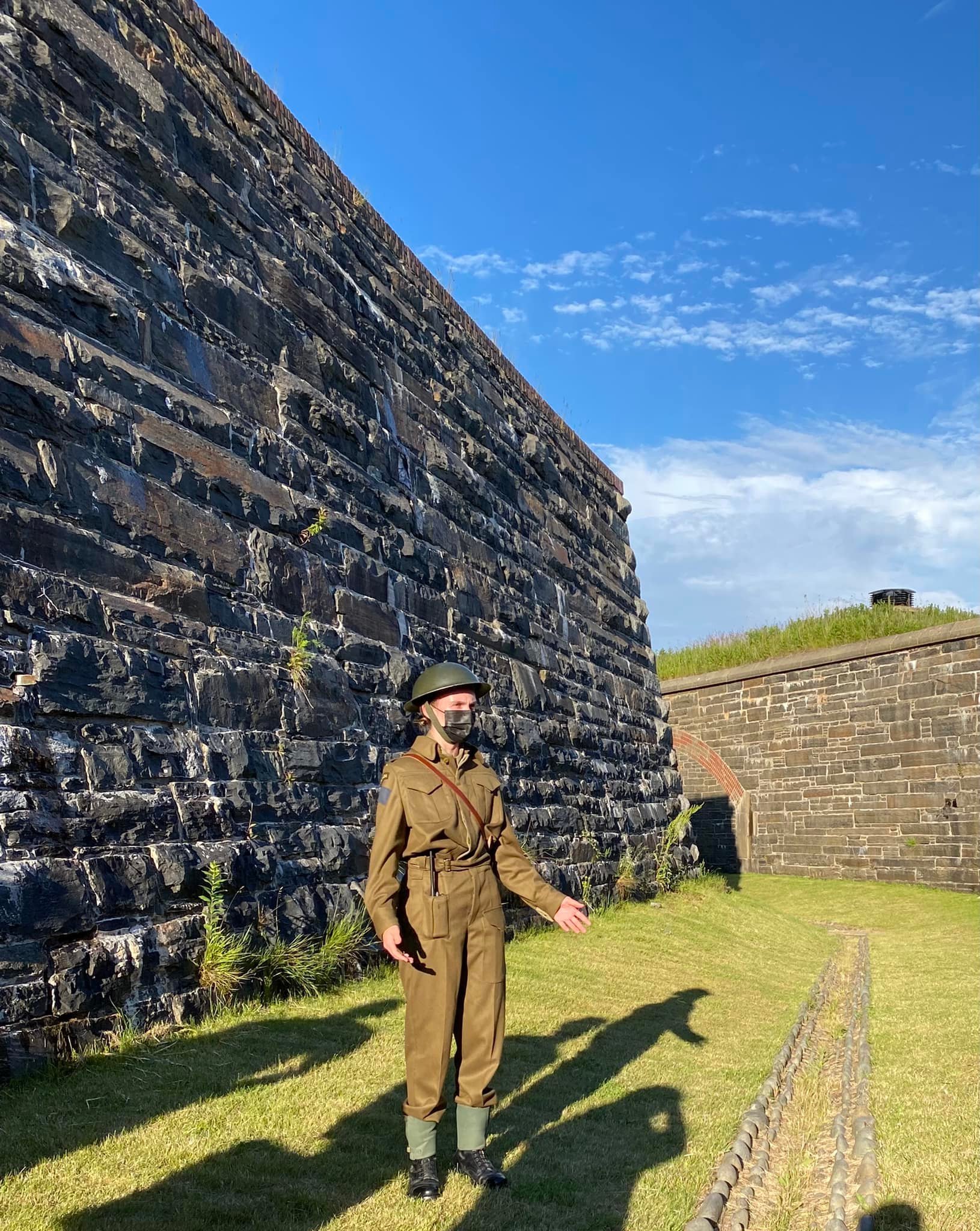

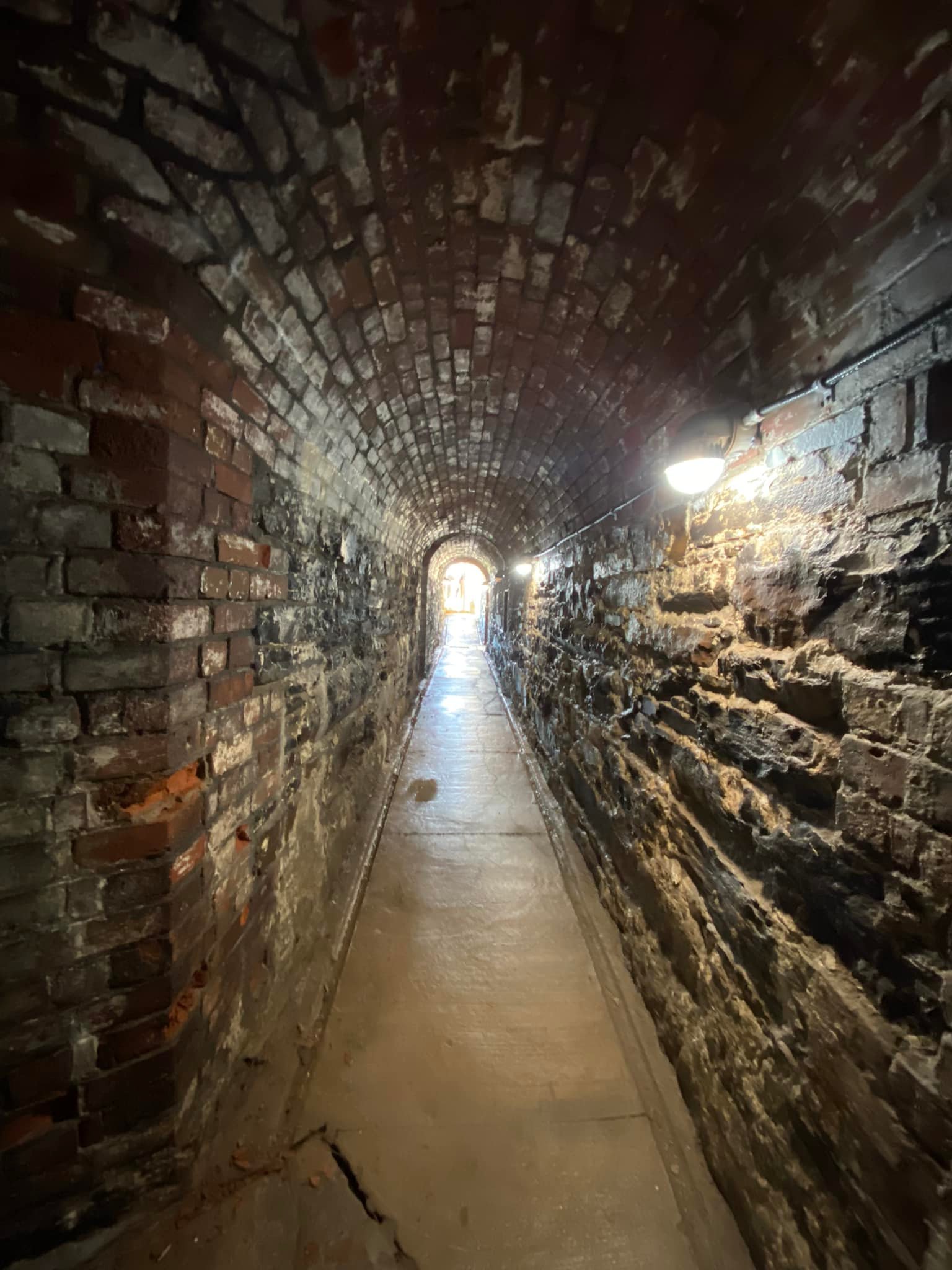

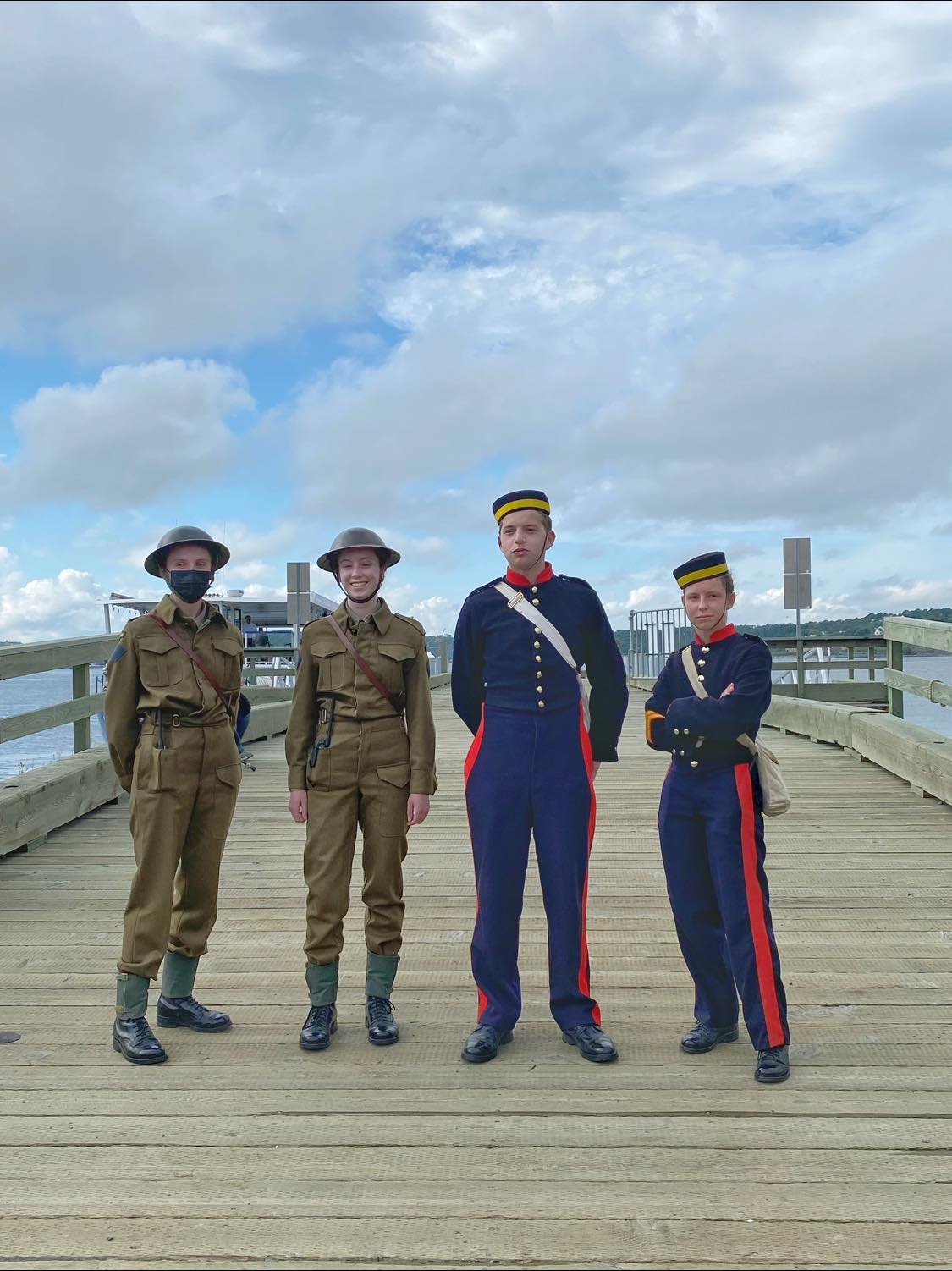
Like New York City’s Ellis Island or San Francisco’s Angel Island, Georges Island, within Halifax Harbour, was historically used for many purposes. It was used as a defensive fort, to house barracks, and as a quarantine station. And, oh, it is rife with (non-poisonous) snakes. The island, now a National Historic Site, recently opened to public tours. Nova Scotia.
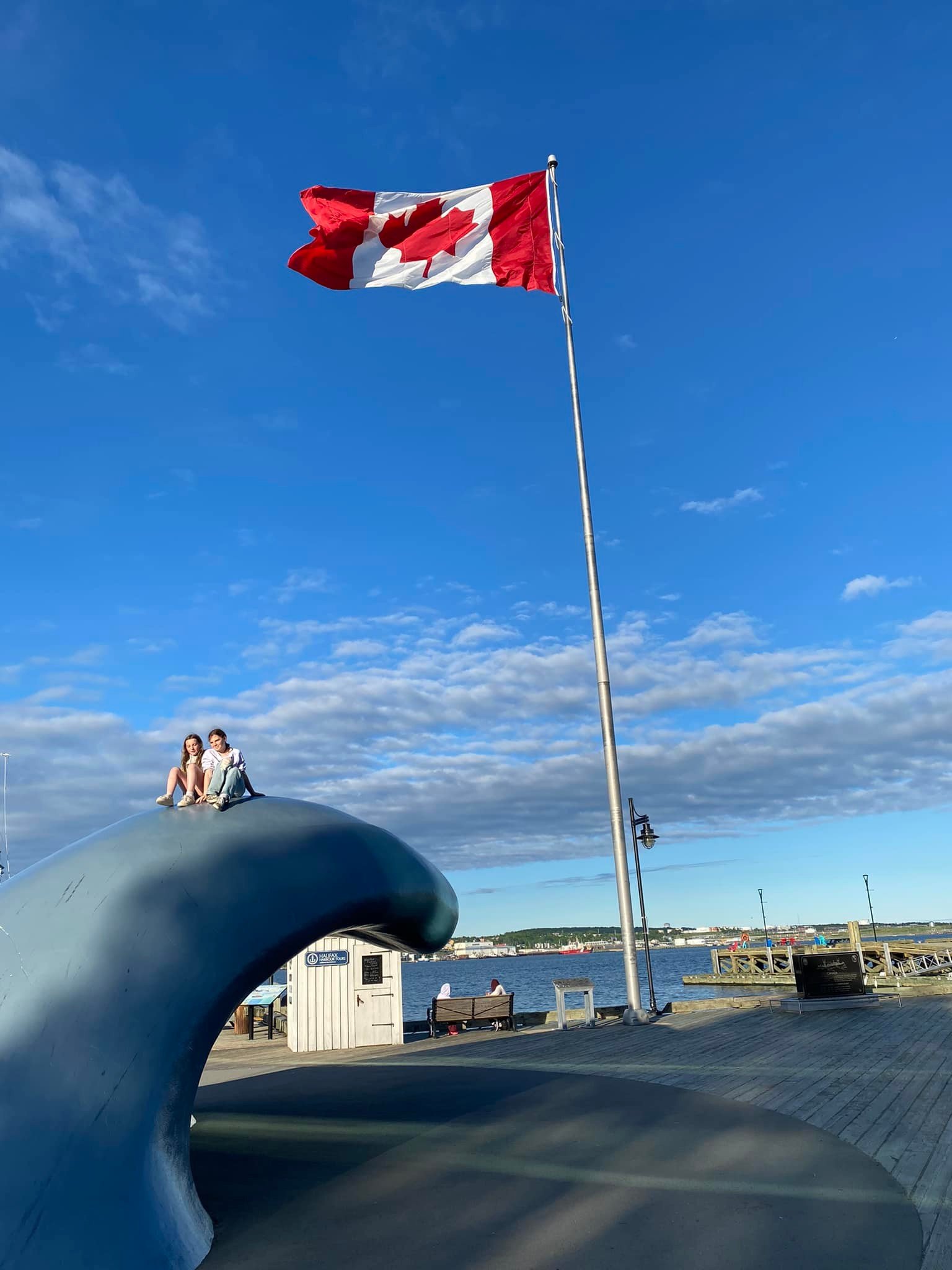
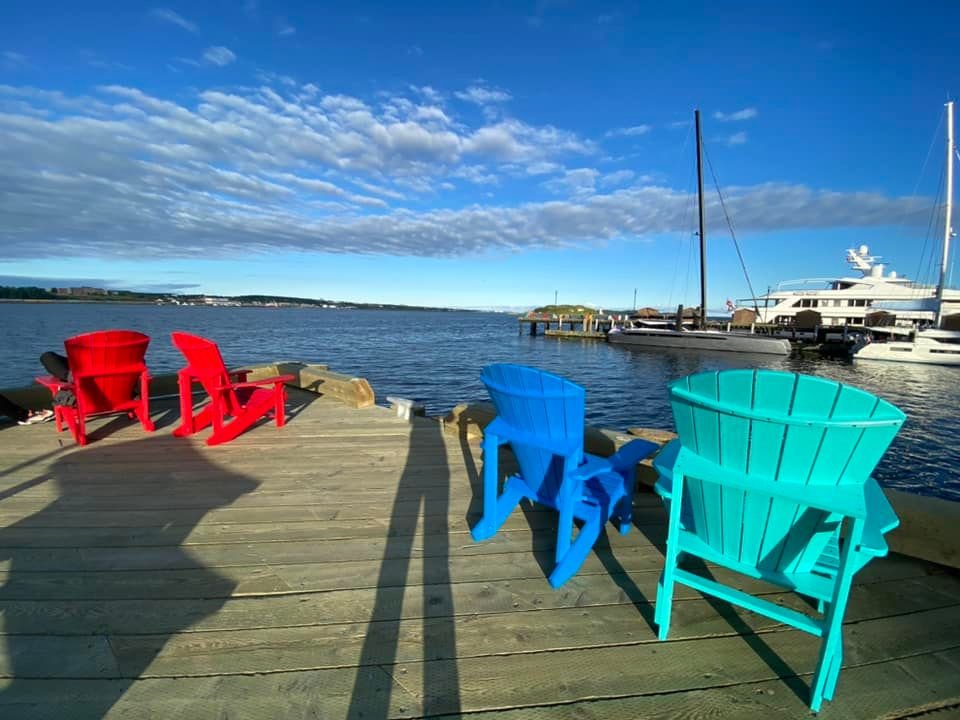
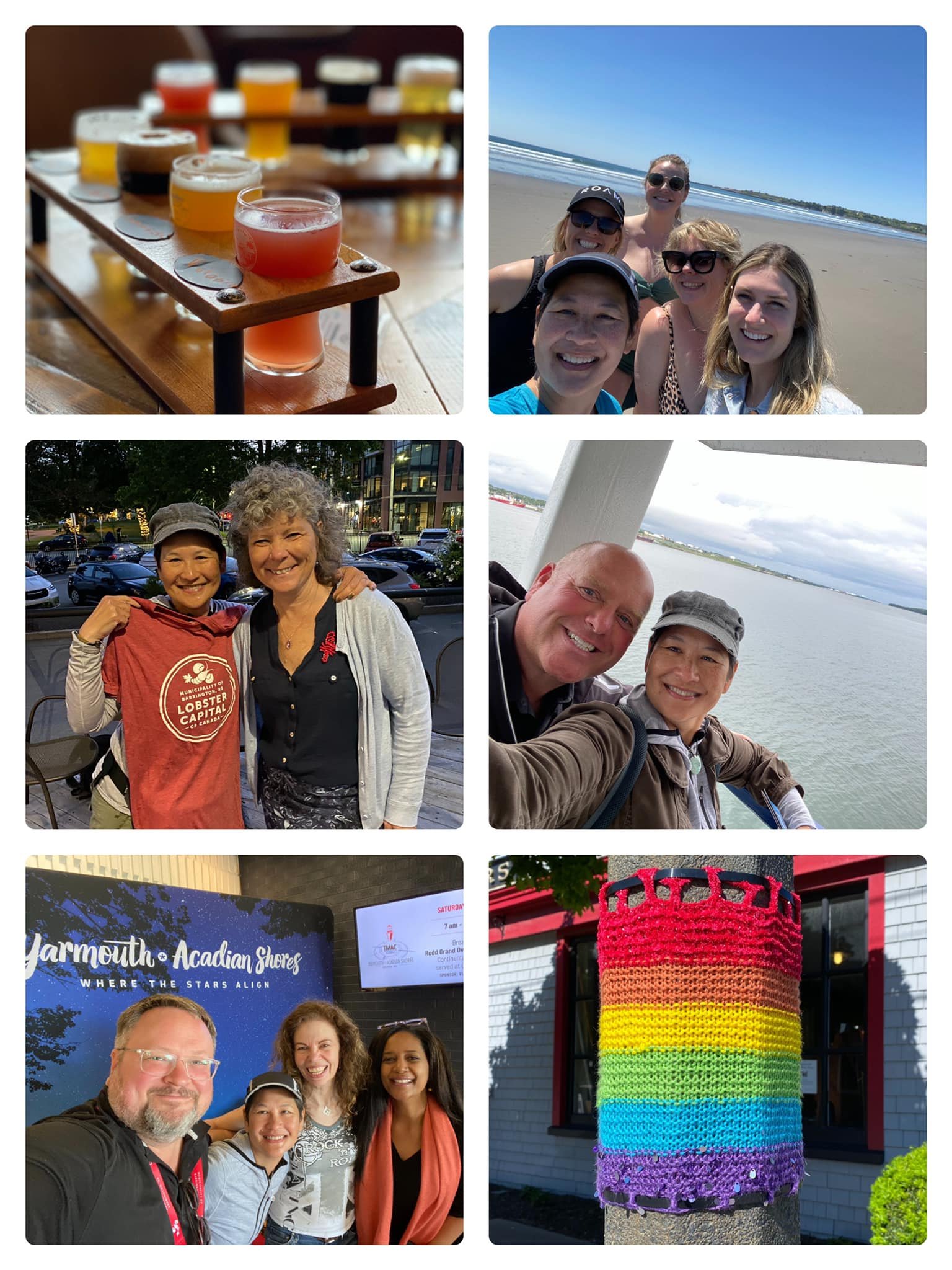

Thanks, Nova Scotia. Merci, L’Acadie. I’ve only just explored bits of Halifax and the southwestern part of the peninsula, Yarmouth and the Baie Sainte-Marie area and experienced a touch of Acadia’s welcoming spirit. There’s so much more to explore on future visits. Thank you to friends old and new. A bientot!
Photos © Norie Quintos.
